|
Sant’Antioco is a small island off the southwest coast of the large island of Sardinia, an island squared you might say. Sant’Antioco is afflicted by two winds: the maestrale from the northwest and the levante from the east. One or the other blows nearly every day, but since they take turns, there’s always a calm sea for fishermen on the leeward side of the island.
On a bright spring morning the fishing boats are tied up to the quay, squeezed in side by side. Too many fishermen chasing too few fish.
Many of them augment their income by offering pescaturismo, fishing excursions for tourists. I’m excited. For years I’ve wanted to learn about fishing in the Mediterranean, but it took a long time to find the right place and fisherman.
We arrive at our boat the ‘Alessandro P.’ and the live Alessandro, son of fisherman Mauro Pintus with whom we’re going fishing. Soon Mauro, his wife Roberta and their 14-year-old daughter arrive all lugging groceries. We climb aboard from the stern onto the working deck.
We proceed along a narrow corridor past the engine room and the galley and climb out onto the prow and onto the upper deck where lounge chairs await the non-fishermen in the group.
With Mauro at the helm we chug out into the lagoon to find the nets Mauro and Alessandro set last night. This must be travel at its slowest, apart from crawling. The distance we covered by mini-van in five minutes takes at least thirty in the boat. I thought it might be boring, but at this speed there’s an infinite variety of detail to observe: birds overhead, features on the shore and especially the changing colour of the sea.
After a while we stop seemingly at a random spot in the sea, and the action begins on the working deck. We’ve reached one end of Mauro’s net which he laid the night before. He marks the end by tying an empty plastic container to it which floats on the surface of the sea. Now we learn what the strange wheel on the port side of the boat is for.
The net isn’t anything like I’d imagined. I guess I’d been thinking about illustrations in children’s books of a large square net that gets filled with fish and you pull it up from the four corners. Instead this is a very long, narrow net, about a metre in width and a kilometre long with a thick rope running along each side.
At first there aren’t any fish. Then a couple of sea cucumbers. Not edible, says Mauro. He uses them as bait.
I feel sorry for this creature, but I’m also a carnivore and am sure our ecosystem wouldn’t work if we all lived as herbivores at the bottom of the food chain with no one at the top eating meat. But I also want to be aware of what is being killed and how.
Mauro invites us to help take the fish from the net as he continues to reel it in.
Even though we follow Mauro’s instructions to extract the fish head first, it’s not easy. If lunch relied on us, we might starve.
Finally we come to the end of the net which is piled in a heap on the working deck. Mauro joins us at the task of untangling fish from the net. We soon tire and go look at the scenery from the upper deck.
Good smells waft up from the galley.
When we’re called to lunch, we find the working deck transformed into a cheerful dining room.
I ask Mauro about tuna. We all believe that tuna is fished out. I’ve been avoiding eating tuna for several years, but will have to be polite. Mauro states that there are too many tuna. That’s why the catch is so small. Tuna are at the top of the food chain, and if there are too many, like the wolves eating my shepherd friends’ lambs, they decimate the populations of smaller fish. So why are we always hearing that there are no tuna left? He says it’s mainly due to the politics of fishing. Who’s allowed to fish where and how much. He presents it as a war between fishermen and politicians with marine scientists and environmentalists somewhere in between. Clearly some more research is in order.
He and Roberta and two other fisher families have formed a cooperative to bottle tuna and two fish salads, octopus and mixed seafood. The men fish and the wives work in the bottling plant which we visit when we’re back in Sant’Antioco.
Whatever the truth about tuna, this is the best tuna salad I’ve ever eaten
The zuppetta is a rich tomatoey fish broth ladled over toasted bread.
By now we were struggling, but the fried fish is light and not at all greasy. A joy to eat. But this isn’t the end after all.
Mauro disappears for a moment and returns with his guitar. We hadn’t been expecting entertainment. It turns out Neil Young is one of his favourites, and he’s delighted that Claudia knows a few songs.
We won’t win the Eurovision Song Contest, but it’s a lot of fun.
If you'd like to go fishing with Mauro and indulge in Roberta's stunning lunch, there are still a couple of places left on our Celebrating Sardinia tour from 21 to 30 April 2023.
If you landed here by chance and would like to be notified of future posts, you can sign up here.
If you’d like periodic news about our tours and courses, sign up here. This blog was originally published on Slow Travel Tours on 21 May 2017.
0 Comments
Very few people I know have been to Sardinia. If they have, they went with the kids and stayed on the beach. If I ask people where in Italy they would like to go, Sardinia is rarely in their top 10. Yet it has so much to offer: Even I only went to Sardinia by accident. Some weavers who were coming on one of my Tastes & Textiles tours in Tuscany asked me to take them to visit a woman who weaves ‘sea silk’, the filaments of the beard of a sea mollusc. Reluctantly I agreed and hopped over from Pisa, only 50 minutes by plane to Cagliari, the capital of Sardinia. It wasn’t love at first sight. But, like people, I believe places merit more than a casual glance. Many reveal their treasures only to those who patiently dig below the surface. There’s no better way to get to know a place than to learn from the locals. Enter Antonio Arca. He was born in Alghero in northwestern Sardinia and moved to London in 2004, the same year I came to Lucca. His company Capo Caccia Fine Food imports the products he knows and loves from small, trustworthy suppliers. During one of my research trips to Sardinia, Antonio advised me to go to Sa Sartiglia festival in Oristano, in the west central part of the island. You can read about it here. I was travelling with friends who wanted to go to Cabras to see the Giganti di Mont’e Prama, but I was too engrossed in the festival. I was meeting farmers and family food producers at street stalls. One of these was Marcello Stara, a local rice farmer. I don’t know why I’m so excited by rice. Maybe it’s the flavour of good rice (not the bland quick-cook stuff) and its versatility in different cuisines from Asia to Italy. Maybe it’s the fact that it grows in water and required communal cooperation to provide the irrigation. Maybe it’s just how beautiful it looks in the field. In any case, I was already conjuring a tour to include Marcello and his rice during the harvest so we could find out how it’s processed and what freshly harvested rice tastes like. But one farmer doesn’t make a tour. I consulted Antonio. Did he know know other people in the area? Would he like to collaborate on a tour? Yes and yes. We planned a research trip together. First we needed a place to stay. For me it had to be an agriturismo (farm accommodation) so we would be investing in the rural economy. I found three suitable ones on the internet. Antonio chose L’Orto. Not only do they have enough private rooms with en suite baths, but they have a restaurant and dad is a fantastic cook. Everything local and perfectly cooked. We visited Marcello and his rice fields. He introduced us to Davide Orro and his family in the next village. Davide could almost be a tour in himself. He’s an enthusiastic winemaker and olive farmer and his sister Ester makes decorated festival bread. He planned our day: start picking olives, cure and bottle the olives, learn to make decorate bread with Ester. Lunch: bread, local cheeses and salumi, olives, wine. One of the grape varieties is known to have been grown in the area 3000 years ago. Davide suggested we go see Sandro Dessé. He’s even more versatile than the Orro family. You arrive at his farm and see a paddock of sheep and goats, one of donkeys and horses, pigs at the back and dinosaurs over to the side. Behind the pigs are fruit trees and vegetable gardens. Sandro is a practitioner of the circular economy. Not only does he produce the raw ingredients, but he processes them as well. There’s a small abattoir, a laboratory for curing pork, a cheese dairy and a kitchen for drying fruit and making pasta. His dining room seats 250 guests. Sandro’s wild, wide-eyed enthusiasm is contagious, but we can’t do everything in one visit. We must have a tour of the farm, and it would be fun to have a lesson making the delicious stuffed pasta called culurgiones, which we can eat for lunch along with Sandro’s many other products. Here we pick up the trail of some of Antonio’s friends. Paolo Lilliu, a butcher, who makes the salsiccia sarda, which you can cook when they’re fresh or air dry and eat like salami. On your morning with Paolo you’ll make your own, after which we’ll go to his friend Sandro Picchedda, a saffron and peperoncino (chili pepper) farmer for a barbecue and a traditional dessert made with saffron. Some other friends of Antonio introduced us to cowherd and cheesemaker Giuseppe Sanna who makes the Slow Food Presidium cheese casizolu from the milk of his own cows. He's willing to let you try your hand at forming the cheeses. My friends came back wide-eyed and enthusiastic about the Giganti di Mont’e Prama, bigger than life-size stone statues of warriors which probably date to around 800 BC. Having been an archaeologist, I had to see them too. Luckily they reside in the seaside town of Cabras, which is also a centre of bottarga production. We talked to several producers who told us about the technique for fishing the grey mullet, cleaning them and salting and curing the roe to make the much sought after and expensive delicacy bottarga. The gentle and generous Giovanni Spanu invited us into his production facility. The Giganti were even more impressive than I had imagined. They immediately became the mascots of the tour—little-known giants, the heroes of their land. Our living giants are smaller and gentler, but fighting all the same to maintain their products of quality and the role of the small farmer and producer in an ever more global economy.
Find out more about the Giants of Sardinia tour here. If you landed here by chance and would like to be notified of future posts, you can sign up here. If you’d like periodic news about our tours and courses, sign up here. This blog was originally published on Slow Travel Tours on 26 August, 2018. The etymology of the Italian word antipasto is ‘anti’ meaning before and ‘pasto’ meaning meal. My Italian-Italian dictionary adds that they are served before the beginning of the true and proper meal. So, how much can you eat right before you eat a ‘true and proper’ Italian meal? Remember that it consists of two courses, the primo or first course and the secondo or second course. The second course may have side dishes, contorni, and is often followed by the dolce, or sweet course. The Italians I know have differing opinions about the correct number of antipasti (plural of antipasto) to be served at a ‘true and proper’ meal. Stefano of Cantina Bravi in the Garfagnana can’t bear to serve fewer than seven. Nor can Agriturismo L’Orto in Sardinia (if you count the olives). Despite my begging her to reduce the number, Gabriella ignores me and continues to produce five at the seafood dinners she prepares for my salumi courses in Tuscany. Which would you choose? Returning to the dictionary, it says the antipasti are supposed to whet the appetite. Personally, I find more than one puts a damper on my appetite for the rest of the meal, and finally I’ve found some Italians who agree with me. I invited Marzia (one of my cheesemakers) and her husband to dinner last night. Since I figured one antipasto would never satisfy an Italian, I decided to serve three. A bit meagre, I knew. By the time we got to the secondo, a stuffed roast guinea fowl, they said they were already full. They declared that antipasti kill their appetites, and they could easily do without any. I must remind them next time my cheese course is at their house for dinner and they serve seven antipasti!
Back to my question: how many can you eat? If you landed here by chance and would like to be notified of future posts, you can sign up here. If you’d like periodic news about our tours and courses, sign up here. This blog was originally published on Slow Travel Tours on 31 March, 2019. The guests on our inaugural Giants of Sardinia tour excelled themselves with a little help from our stellar food producers. They scampered to the top of the megalithic nuraghe Barumini. They picked and brined olives with Davide Orro and his mother Angelica. They manipulated with dexterity the dough for Oristano wedding bread with Davide’s sister Ester. It was no problem at all tasting the rest of Davide’s superb wines with seductive labels designed by his other sister Maura. They learned the proper way to make Italian risotto with Marcello Stara’s rice under the tutelage of his friend Rossella. With butcher Paolo Lilliu they overcame the difficulties of stuffing Sardinian sausages… …and ate them barbecued for lunch. Even if their Casizolu, a Slow Food caciocavallo-type cheese, wasn’t quite perfect, it was lots of fun modelling the curd. It seemed that making stuffed pasta culurgiones was going to defeat them, but practice makes perfect and success was theirs in the end. I’m glad we didn’t have to do battle with the Bronze Age nuragic giants at Cabras. But I bet our guests would have succeeded in making a peace treaty, and the giants would have joined us for a blow-out feast at our agriturismo L’Orto! Come on one of our small group tours so you too can glow with achievement and join our guests’ hall of fame. Choose your tour now: http://www.sapori-e-saperi.com/small-group-tours.html
If you landed here by chance and would like to be notified of future posts, you can sign up here. If you’d like periodic news about our tours and courses, sign up here. This blog was originally published on Slow Travel Tours on 11 November 2018. By Alison Goldberger 2019 has been a year of welcoming talented and interesting guests to our plethora of tours and courses with Italian artisans. Tours and courses run throughout every month – it’s action packed here in Tuscany! Here’s a small selection of some of our favourite tours and images from the year! If you paid us a visit, thank you! And we look forward to welcoming more of you in 2020! January The first course of the year was the ever-popular Advanced Salumi Course Tuscany. This course was wonderful but we also had the sad job of saying goodbye to Giancarlo Russo who has collaborated with us on most of the Courses with Artisans since 2010. He followed his family to Florida where he’s selling Italian wines. We miss his broad knowledge about everything Italian as well as his kindness and sense of humour. February In February we visited a new dairy keen to share their knowledge with our guests on upcoming mozzarella courses. We met Salvatore and his team at Caseificio Giusti. The mozzarella course allows our participants to get hands on with the mozzarella-making process so dairies like this that are open to visitors are key. Our participants are mostly professional cheesemakers looking to add something to their business, or to improve on the mozzarella they currently make. We also welcomed a lovely group of keen gelato-makers to the Art & Science of Gelato course at Cremeria Opera with the talented Mirko Tognetti! March We visited two lots of free range pigs and made salumi with their butcher-owners, one at the biodynamic Il Grifo farm, Bagno di Reggio Emilia and these sleek Nero di Parma pigs at the organic San Paolo farm, Medesano, during the Advanced Salumi Course Bologna-Parma. During the year we revealed some exciting news about this course! Previously you had to take the course in Tuscany first, but this year it we added some more hands-on work so you can take it on its own. It is of course also still possible to do them together though – they run one after the other! April Here are the smiling faces of our fun group on the Theory & Practice of Italian Cheese course! May Oh May! You brought us the fantastic Celebrating Sardinia tour! And what a tour it was. Trying to choose just one photo is difficult as this tour is filled with so much colour and interesting things to see and do. But I’ve chosen this colourful image of two of our guests standing in front of one of the decorated ox carts that parade during the Festa of Sant’Antioco. This year it was possible to get up close to the carts – something that wasn’t allowed in previous years. What a treat! Oh, and we can’t forget the foodie surprise of the year! The wonderful feast at…wait for it…a gourmet Esso petrol station! This place was found during the Tastes & Textiles: Woad & Wool tour. It’s called Piacere Quotidiano (Daily Pleasure) and is owned by four brothers – they serve the best food in the area—all locally sourced! June Here’s Giulia Paltrinieri showing us the fascinating craft of card weaving during the Tastes & Textiles: Hanging by a Thread tour. We visited her at the restored Fortezza Verrucole and learned that the earliest archaeological remains of card weaving date from the 7th century BC at a site near Rome. July In July we were absolutely delighted to congratulate Roger Longman of White Lake Cheese on winning not one, but three awards in the Yorkshire Cheese Awards for his English Pecorino. He won Supreme Champion, Best New Cheese and Best Speciality Cheese for Ewe Beauty. He found out the news while on our Mozzarella & its Cousins course, but had previously taken the Theory & Practice of Italian Cheese course in 2016. He said he’d never have been able to make such good pecorino without it. We love to hear about the achievements of our former course participants. Whether that's winning awards or creating that perfect product at home – we are always happy to get some news in our inbox. August In August Erica took a fact-finding trip to Pescia to scout out some interesting people to visit during upcoming courses. There, she met Michele who showed her around the land of the Perterra agricultural cooperative. The project was created by young people with no background in farming. They bought 40 hectares of abandoned farmland with a grant from the Tuscan region and are now restoring its productivity. A truly fascinating project. Check out our blog post about this project and the other gems found in Pescia. September Creativity was flowing in September as we ran the Tastes & Textiles: Wine to Dye For tour. Our guests met the talented Tommaso Cecchi de’ Rossi who showed them his special technique for using wine as a dyeing mordant. October One of the great things about our tours and courses is that although they are well-planned, we also have some room for some unexpected trips! This was the case during the Giants of Sardinia tour. We came across coral and gold filigrana artisan Francesco Sanna. He works alongside his brother Giovanni. Francesco demonstrated various filigrana techniques. The coral they use comes from Sardinian waters and is responsibly fished. November The year came around full circle with the Advanced Salumi Course Tuscany marking our last course of the year! Here are our smiling course participants with norcino Massimo Bacci. December December is a time to relax, celebrate the holidays and think about the year ahead. This picture shows Lucca dressed for Christmas – 'always dreaming'. We hope you’re dreaming about travelling with Sapori e Saperi Adventures in 2020. We wish you all the best for the coming year!
If you’d like to join us in 2020 take a look at our website to see the full selection of tours and courses. For more info and to book drop Erica an email at [email protected]. We can't wait to see you! |
Email Subscription
Click to subscribe to this blog and receive notifications of new posts by email. AuthorErica Jarman Categories
All
Archives
October 2023
|
|
copyright 2017 sapori-e-saperi.com | all rights reserved
|
Website by Reata Strickland Design

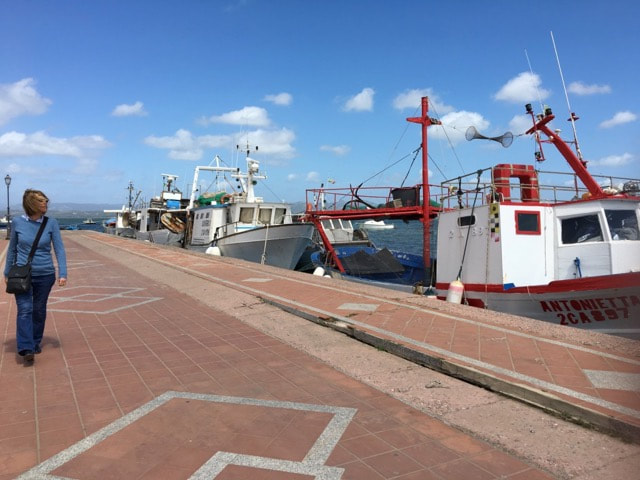
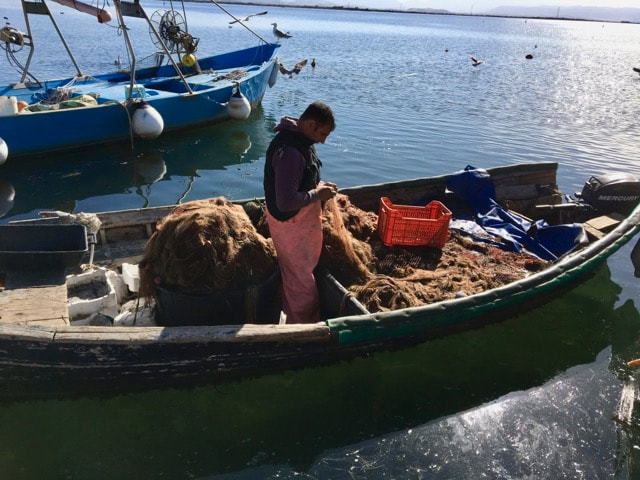
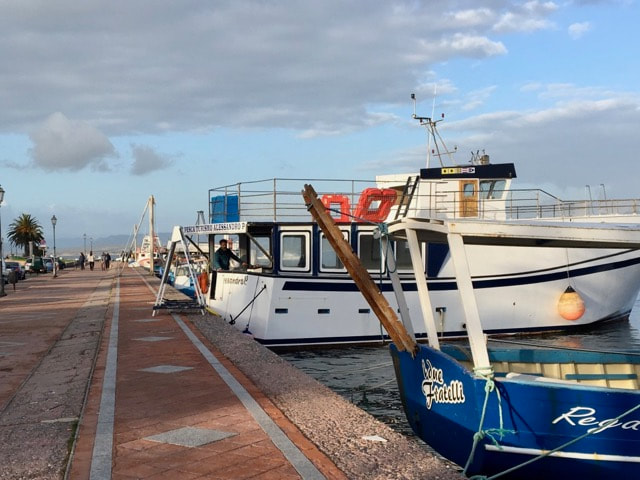
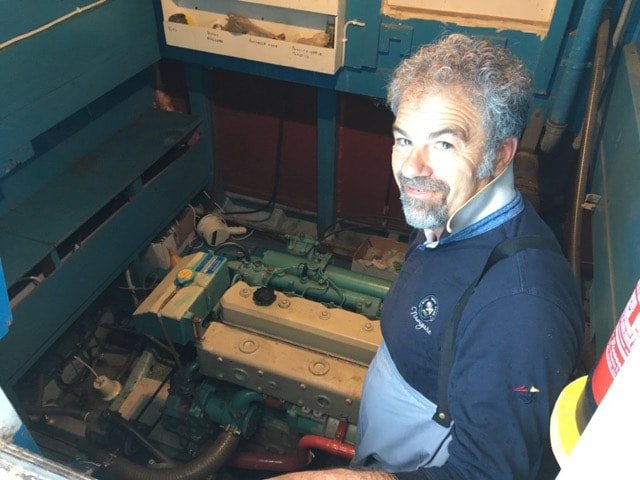
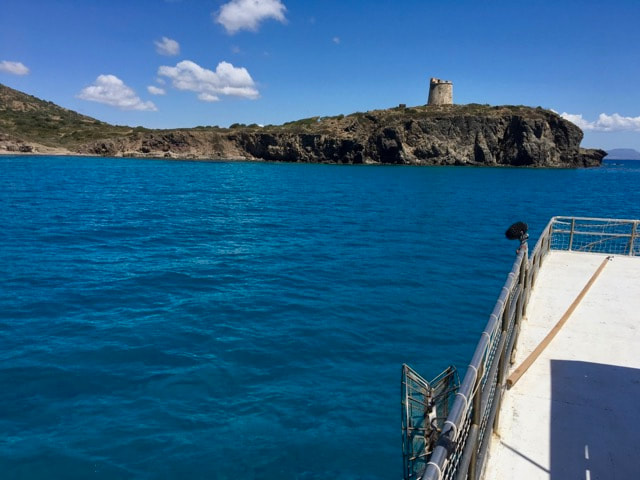
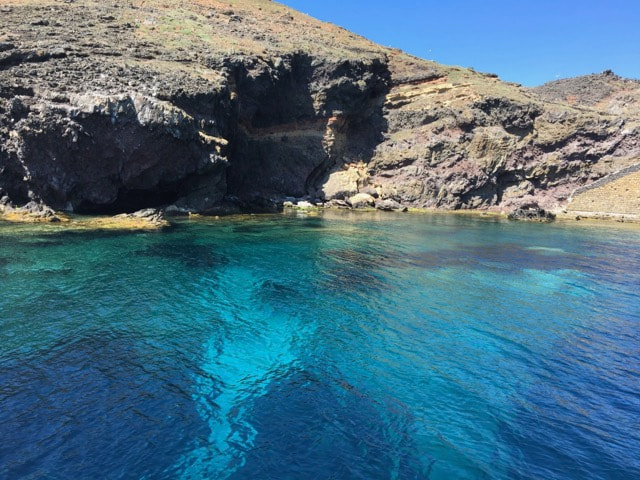
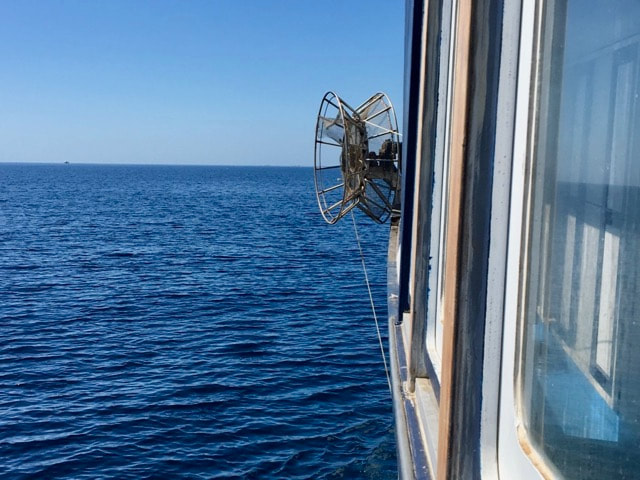
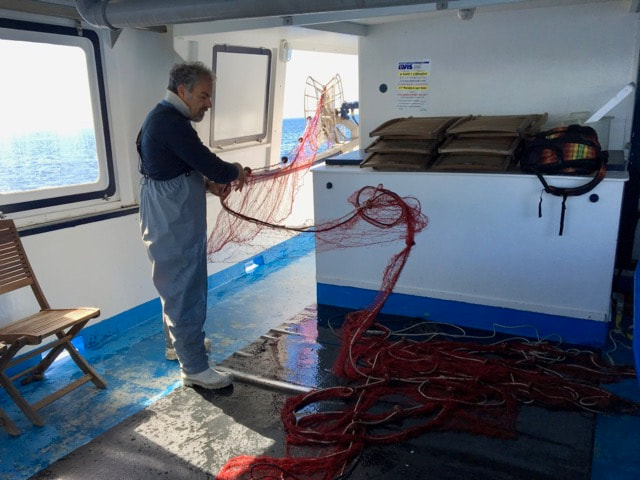
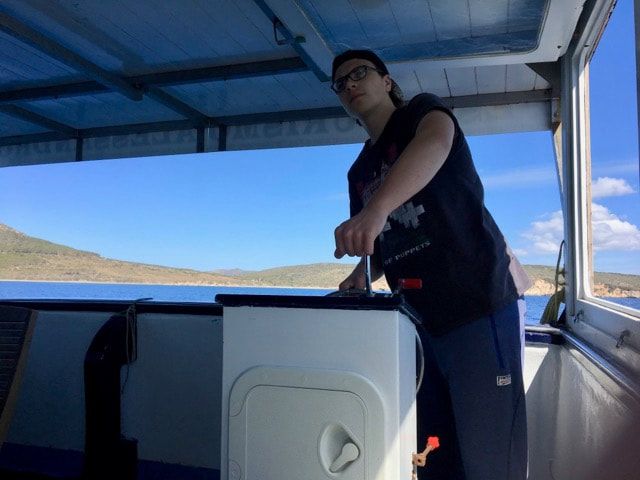
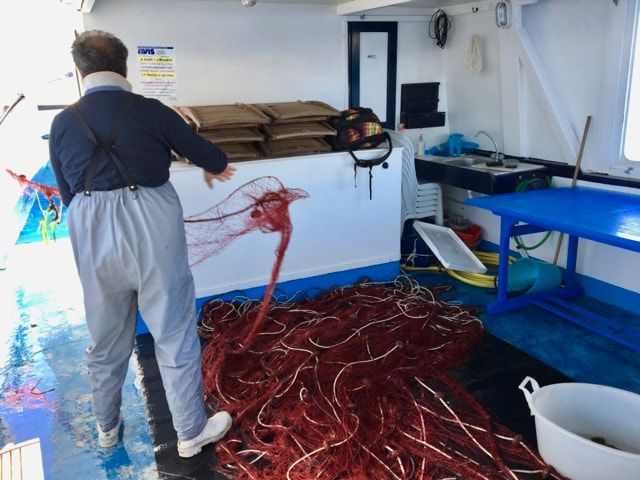
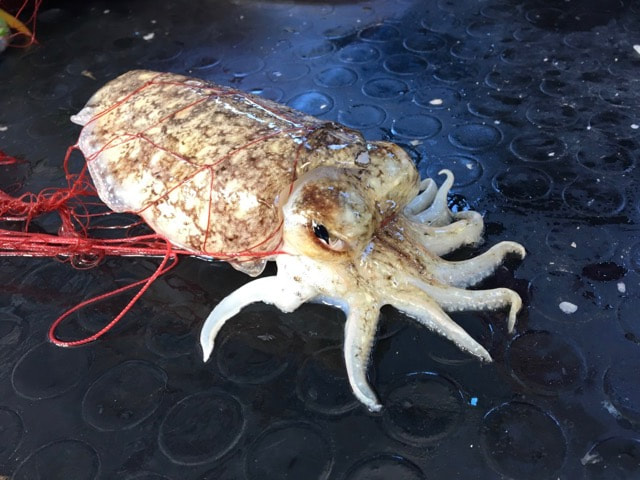
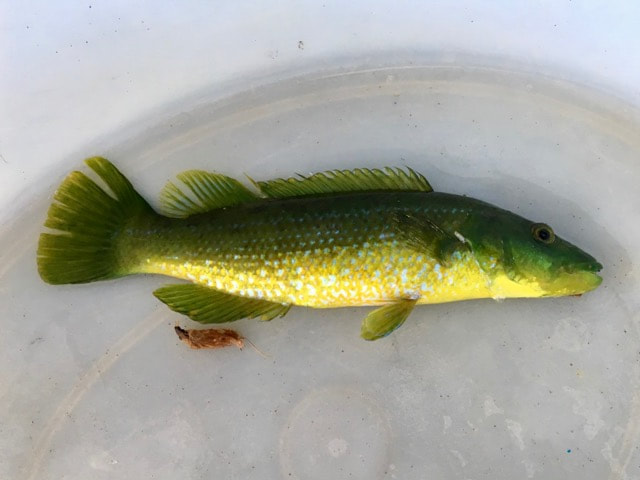
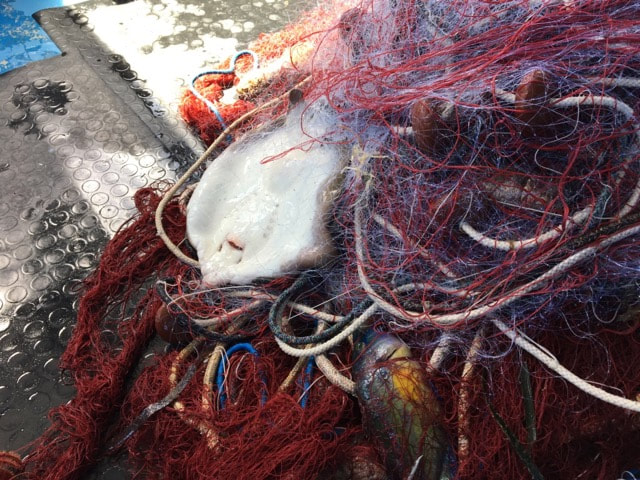
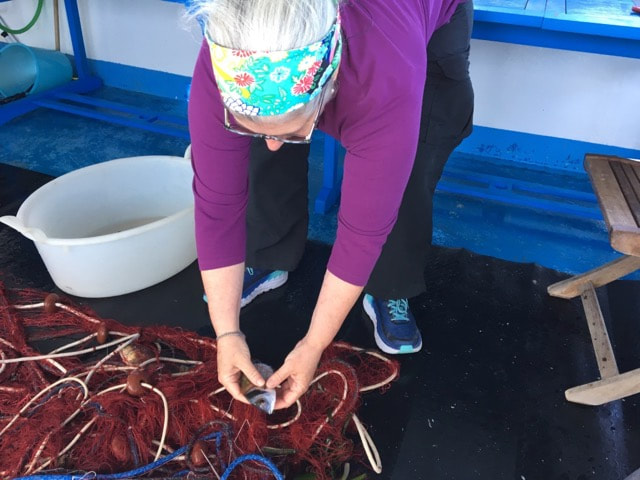
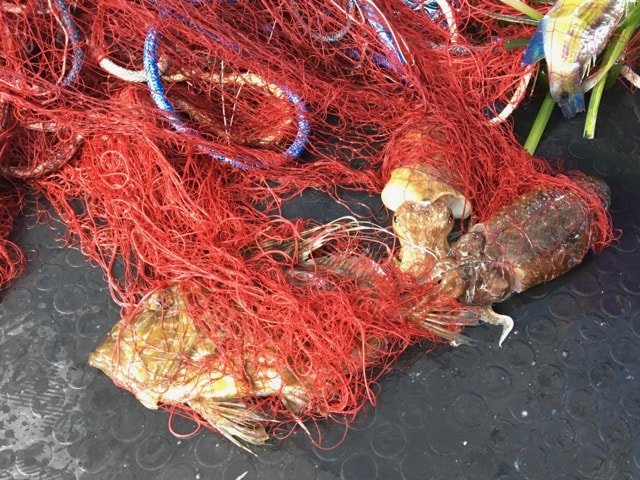
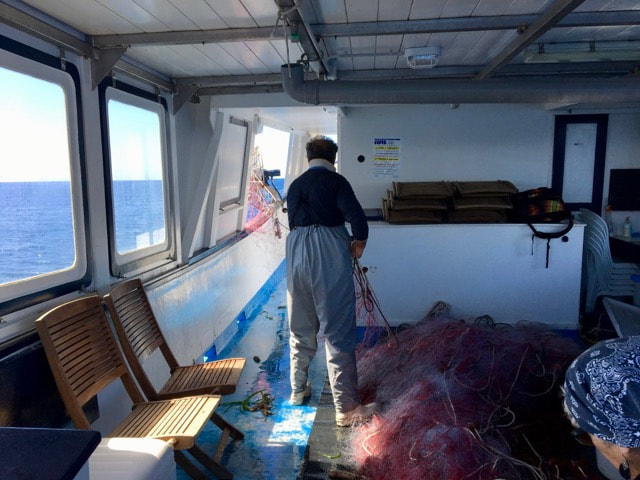
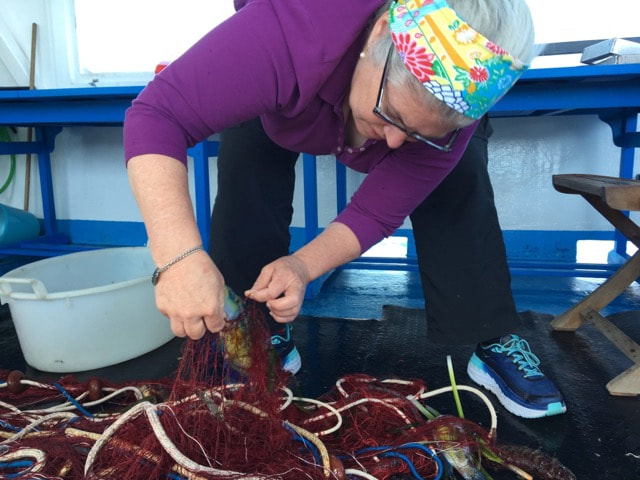
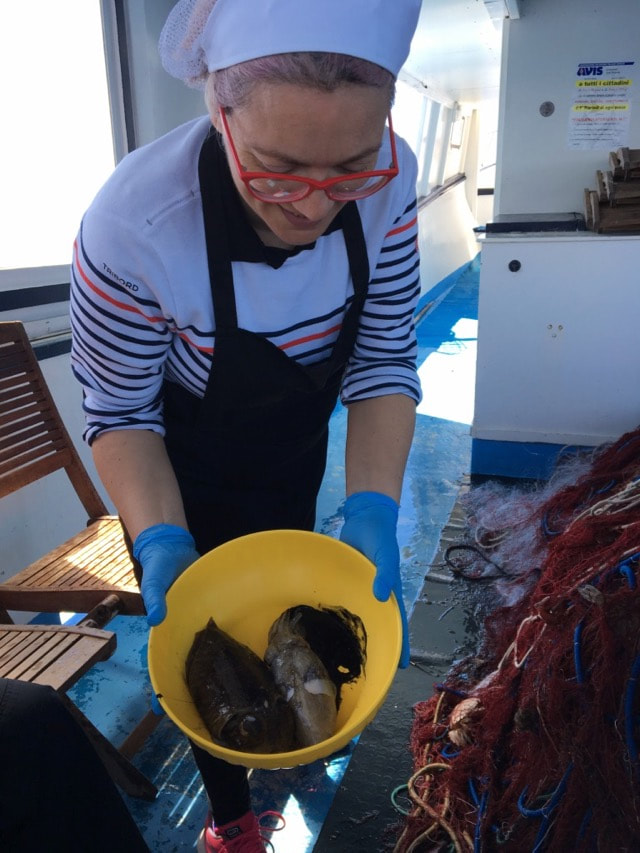
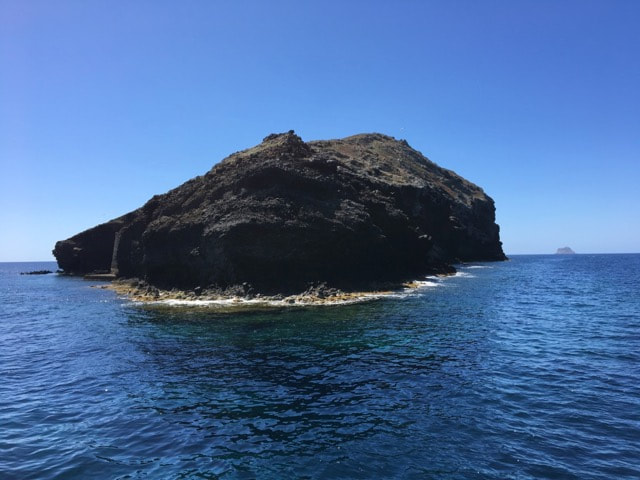
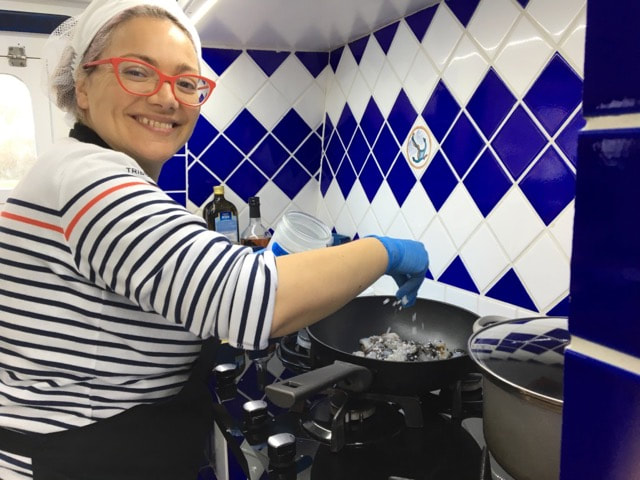
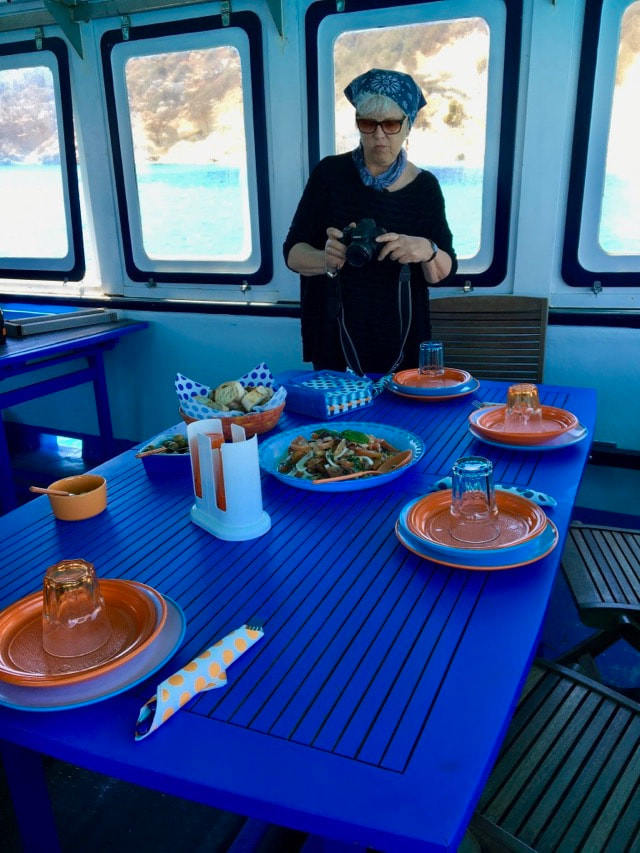
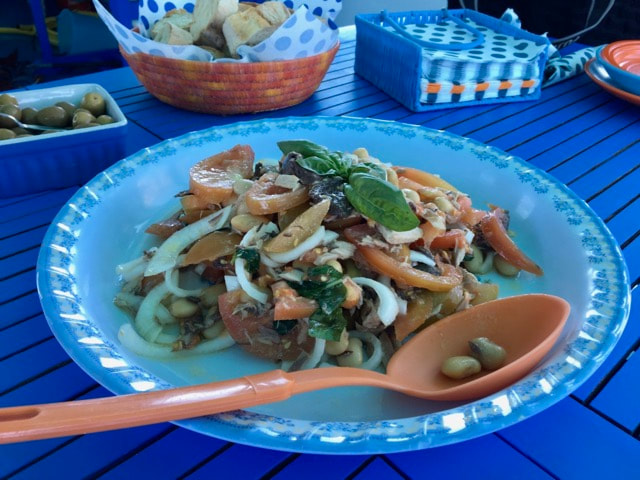
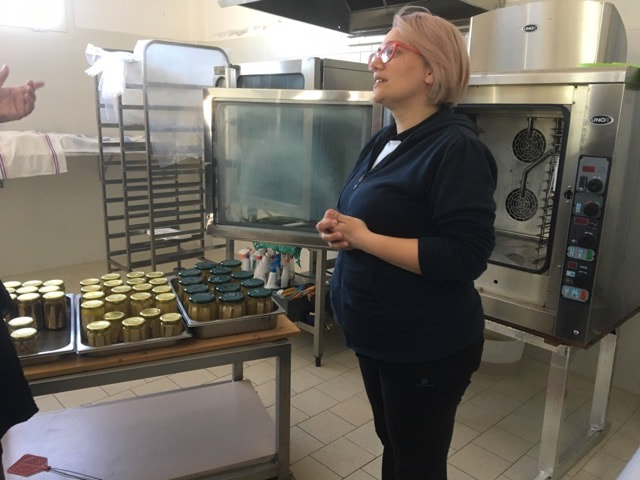
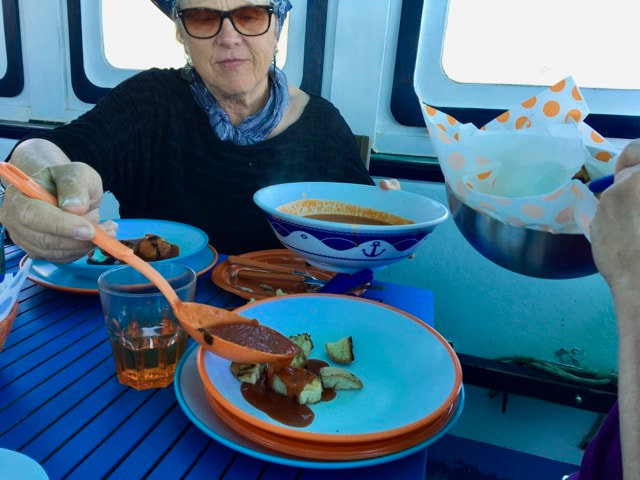
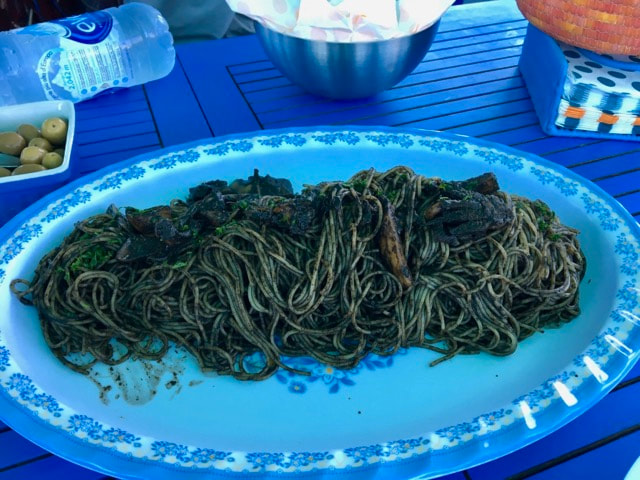
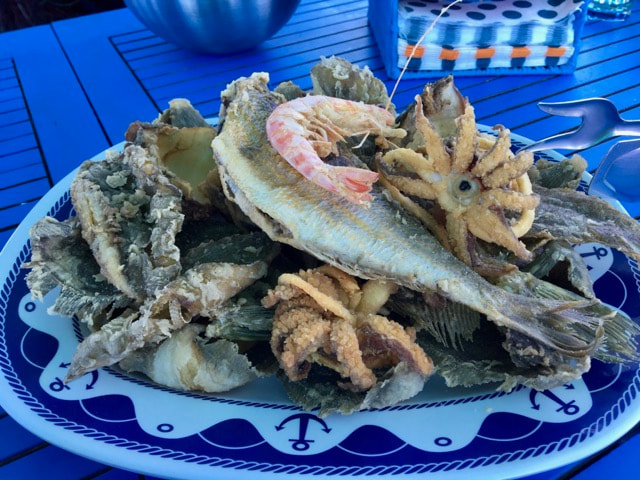
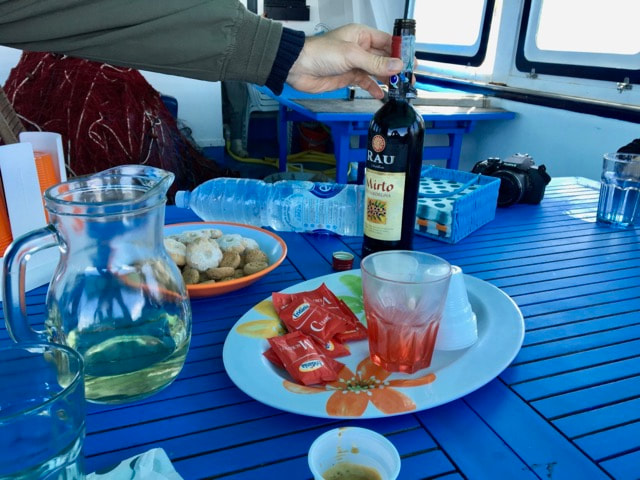
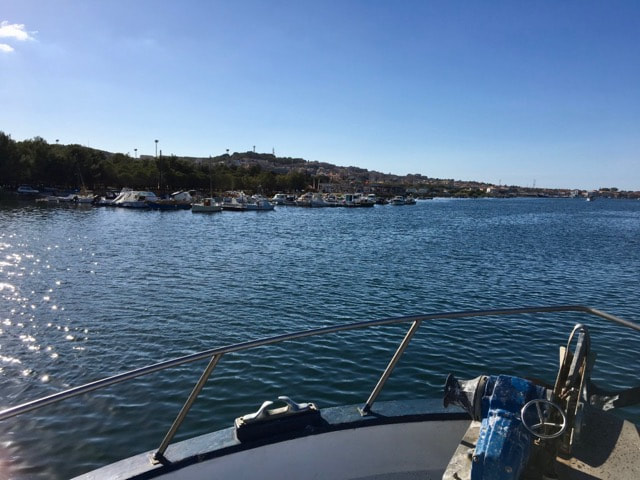
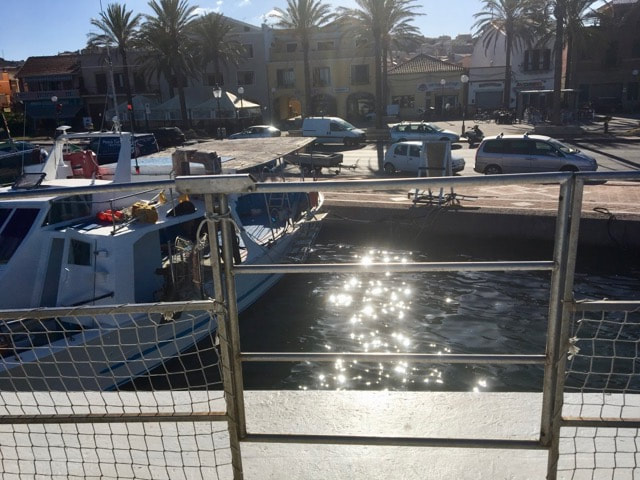
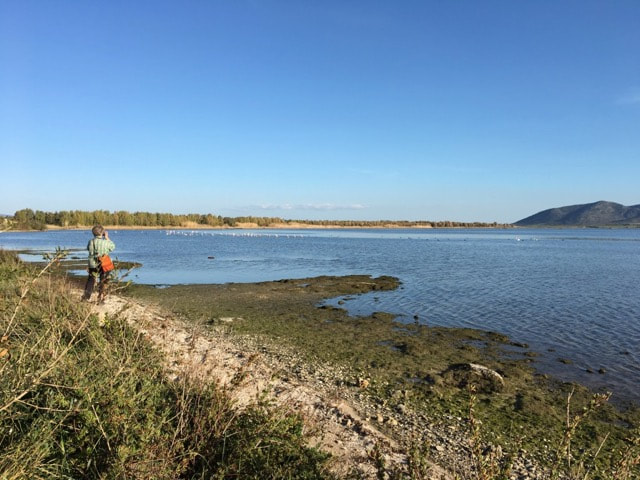
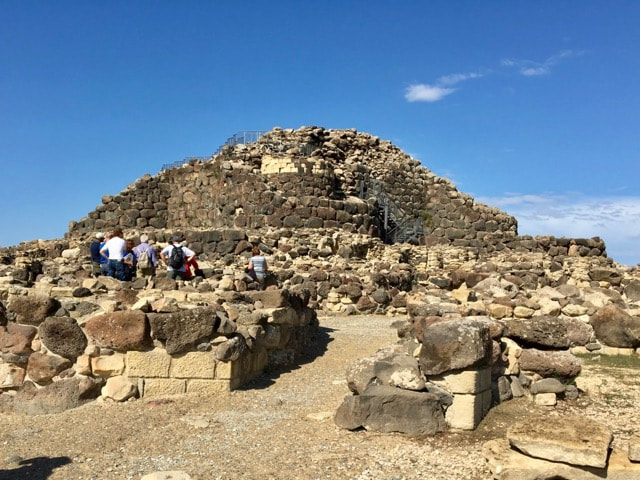
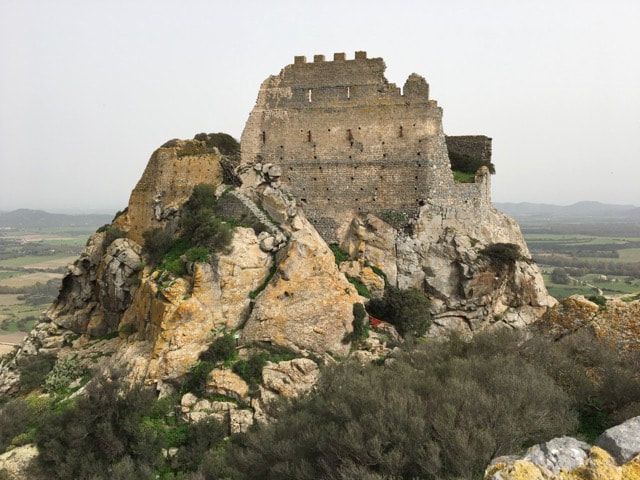
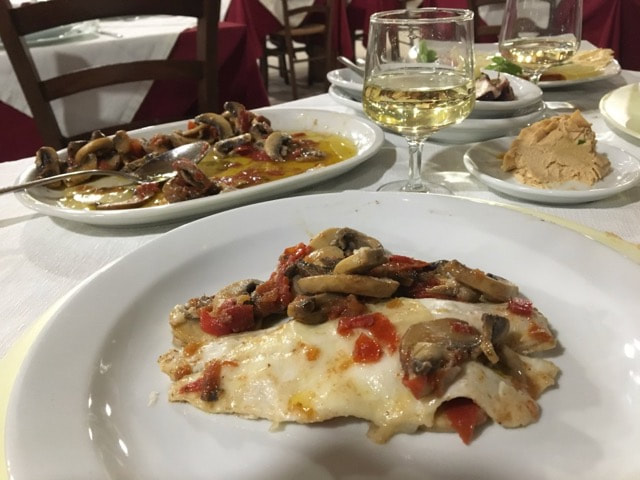
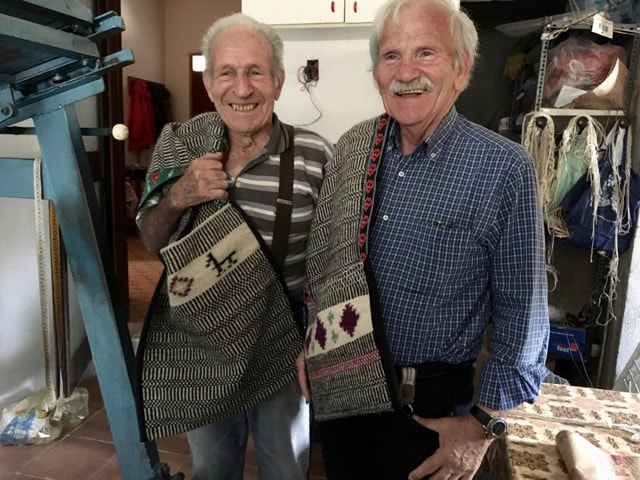
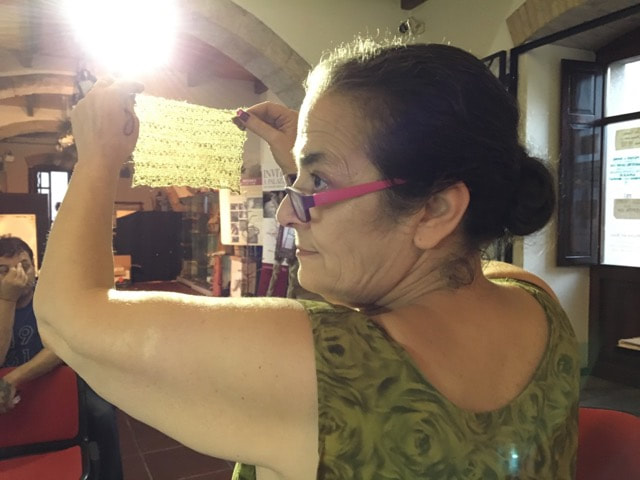
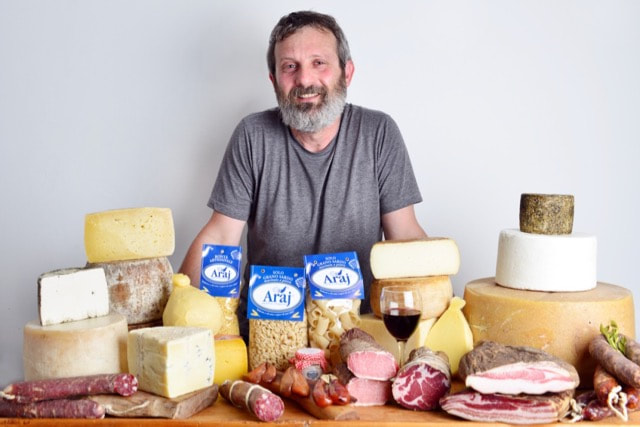
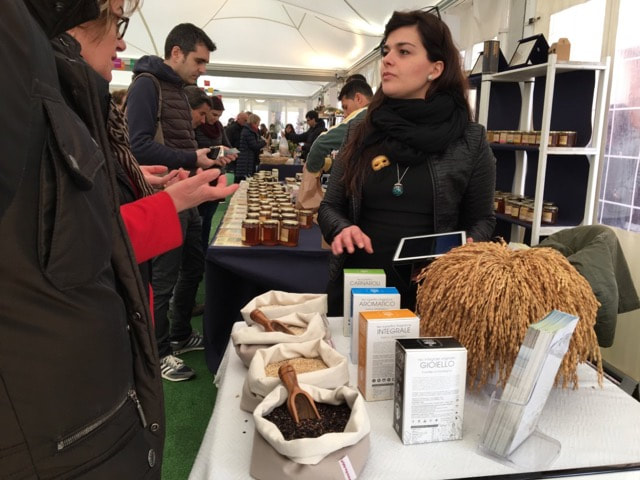
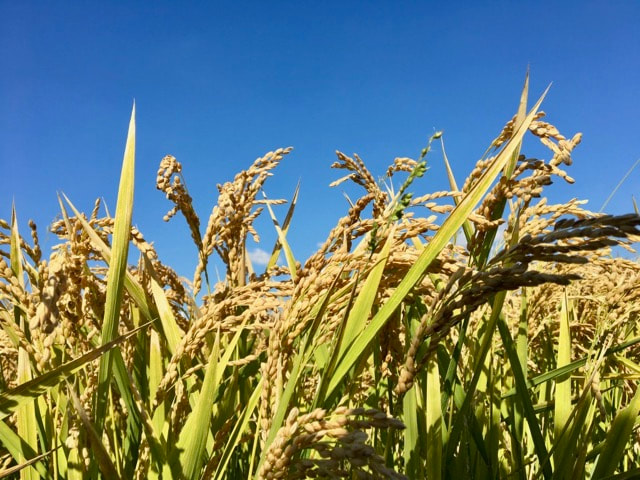
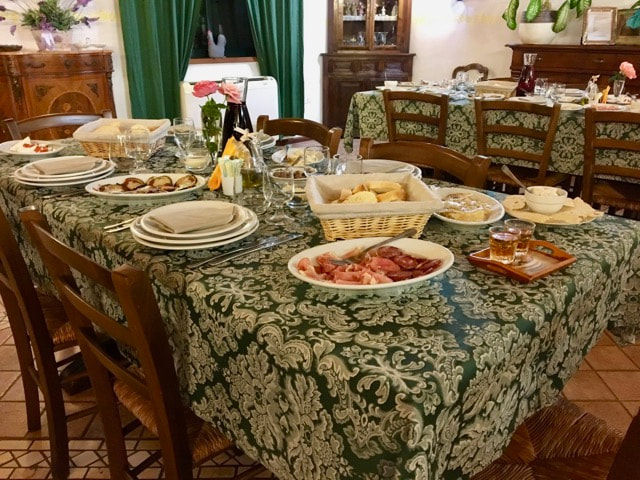
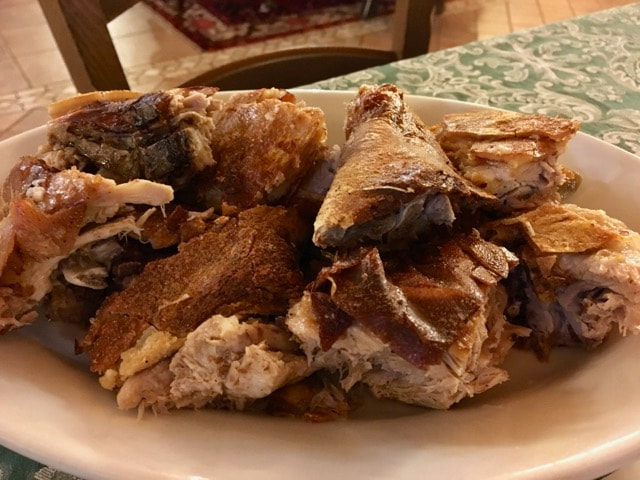
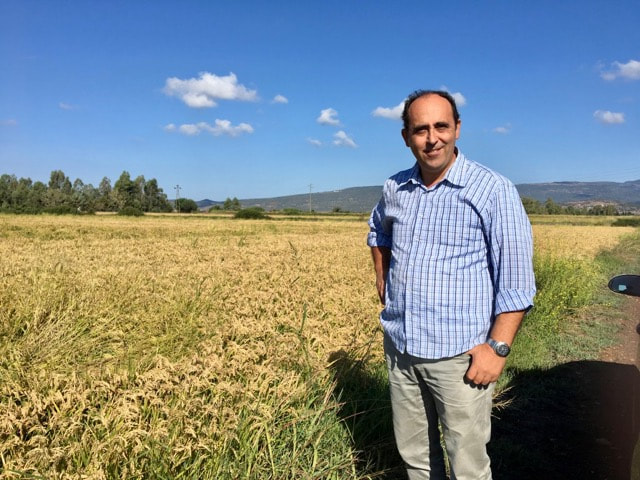
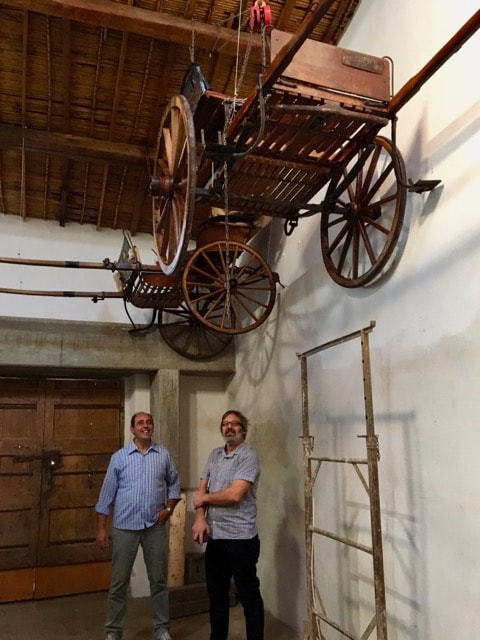
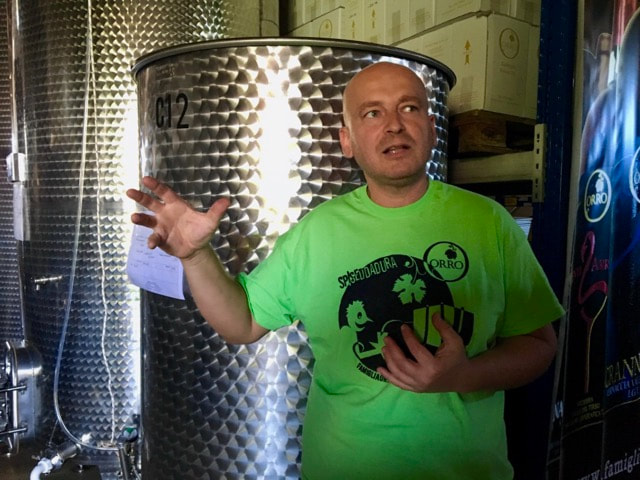
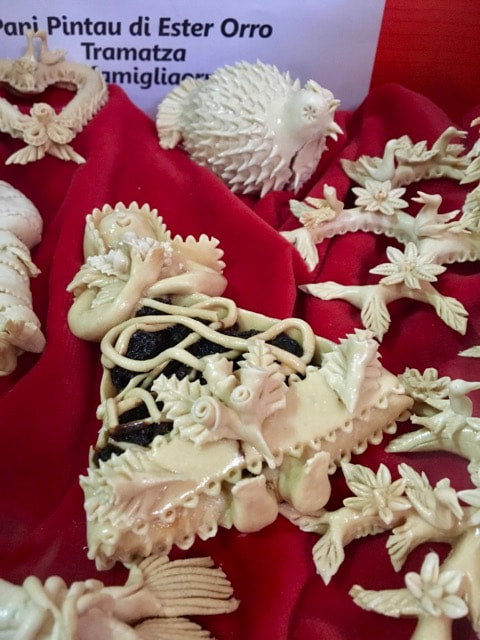
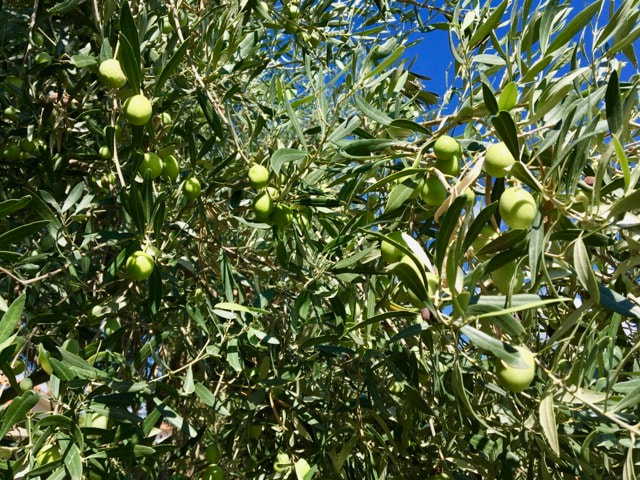
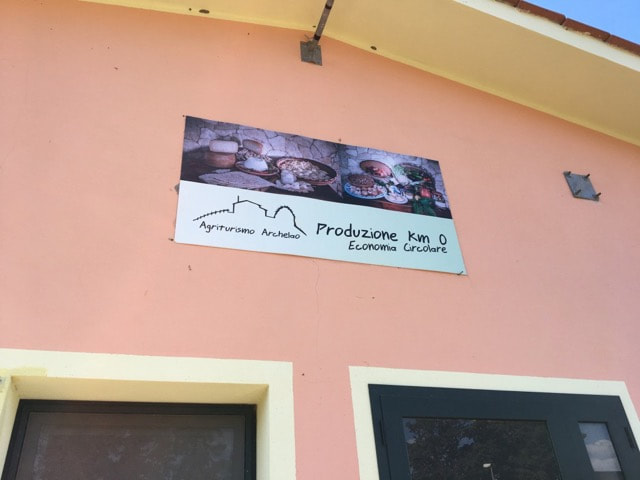
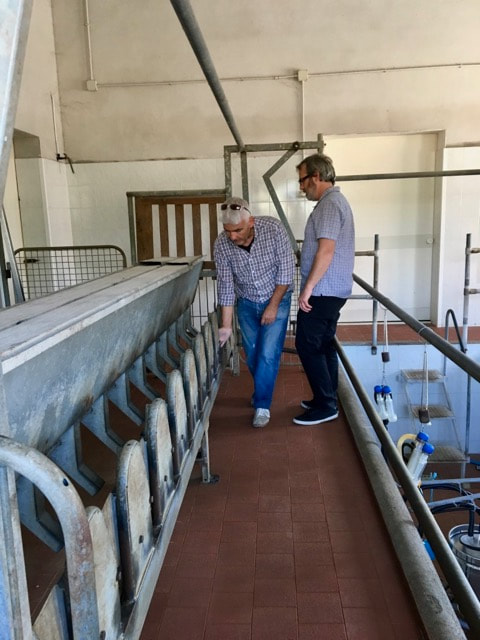
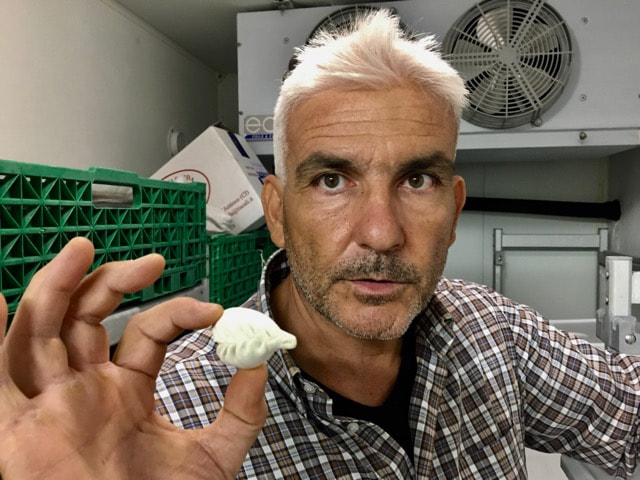
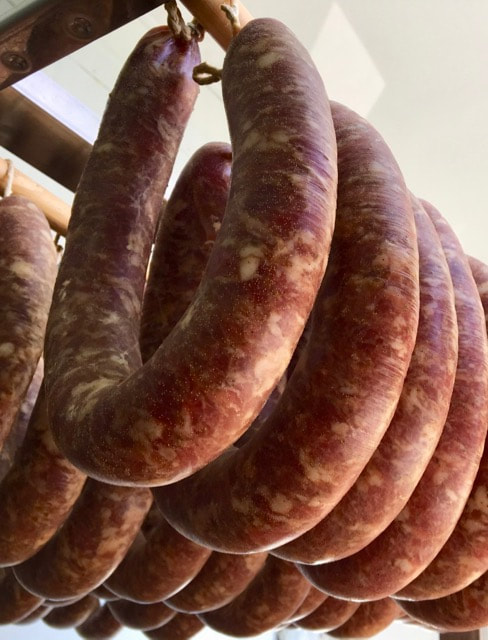
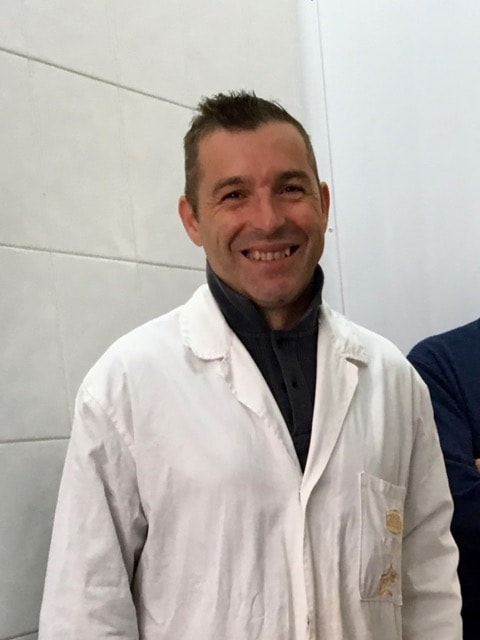
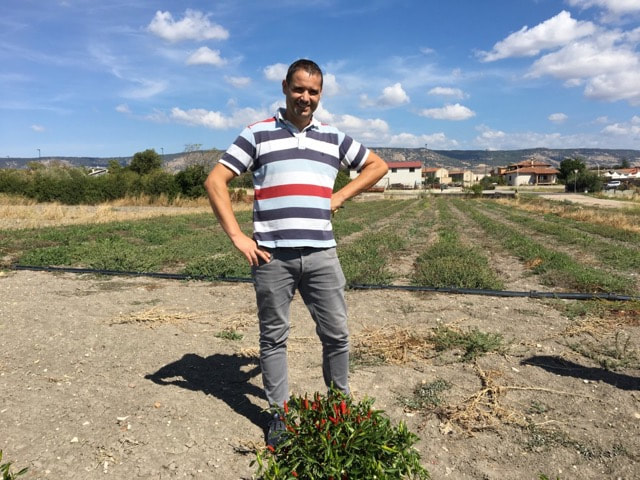
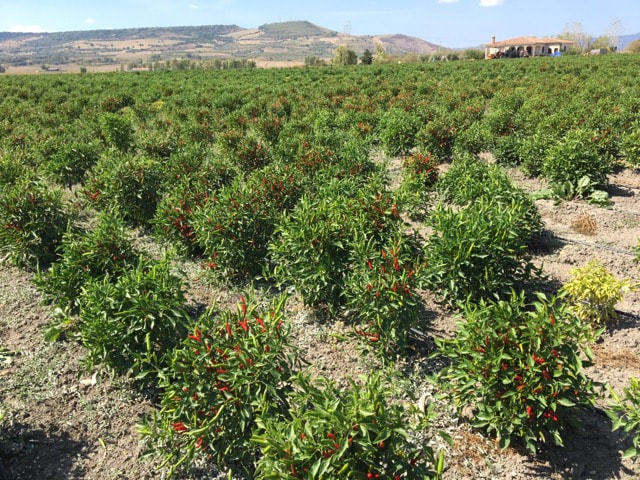
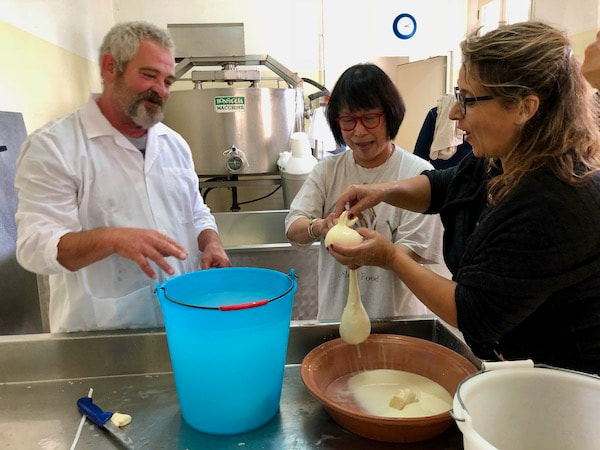
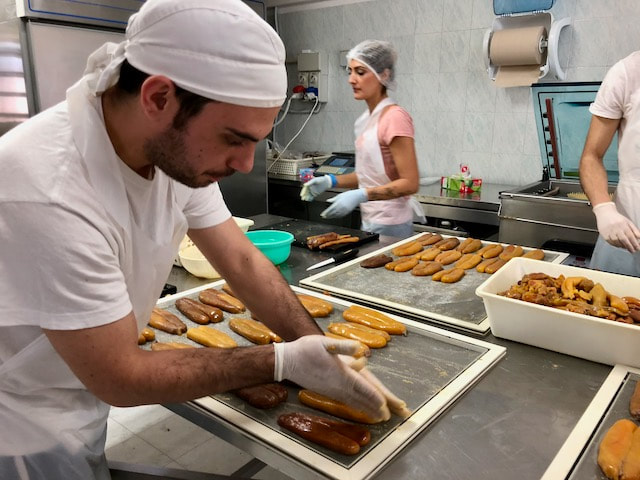
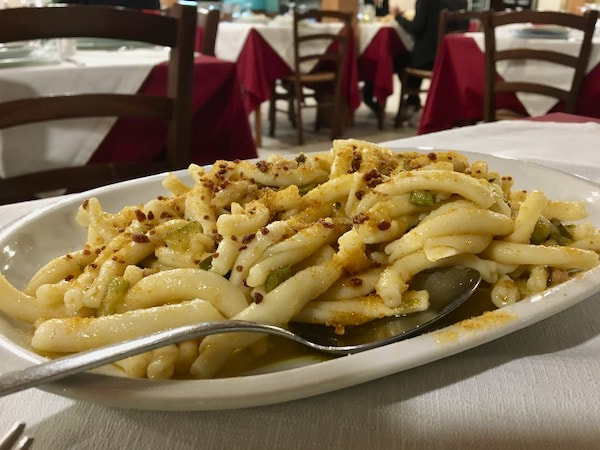
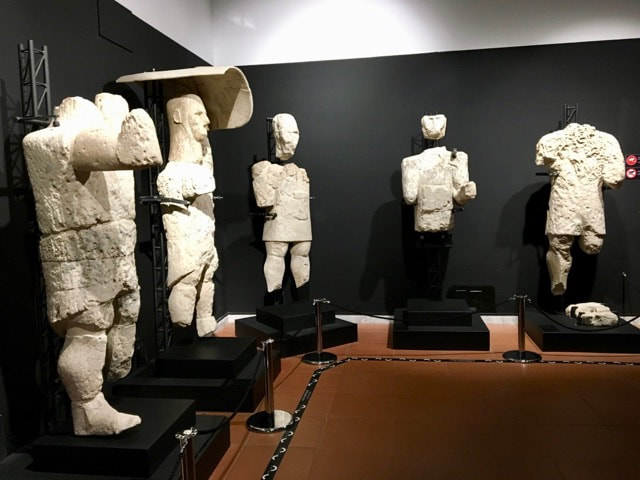
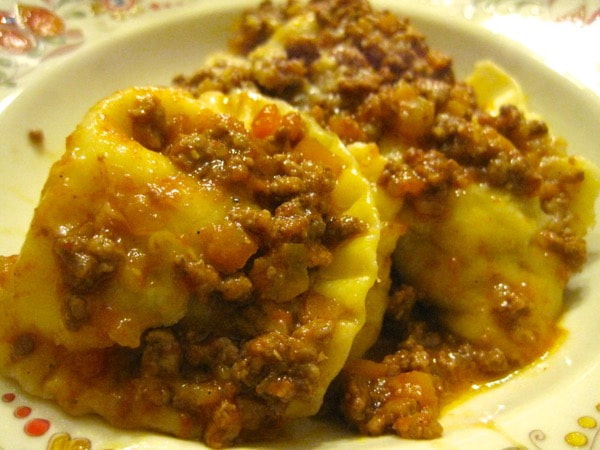
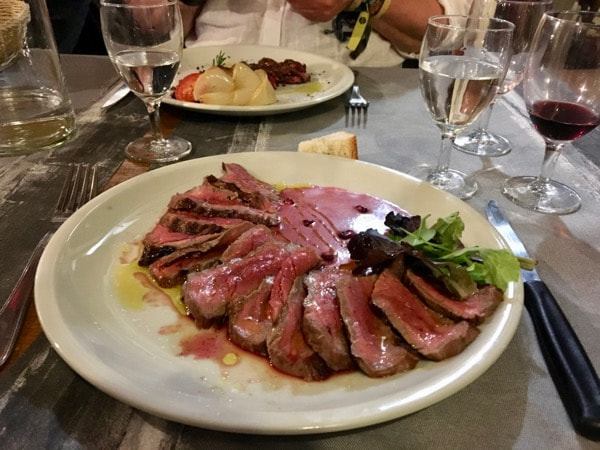
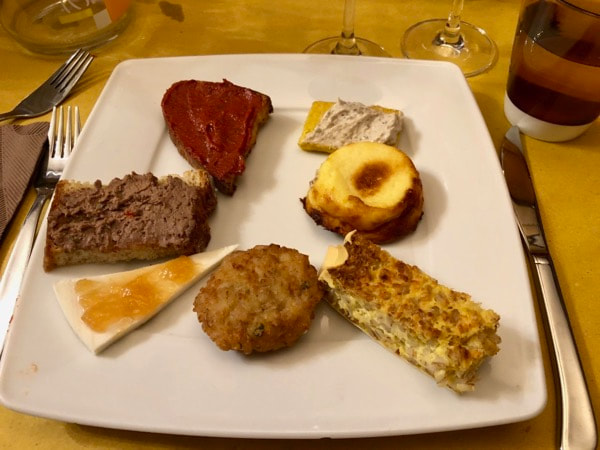
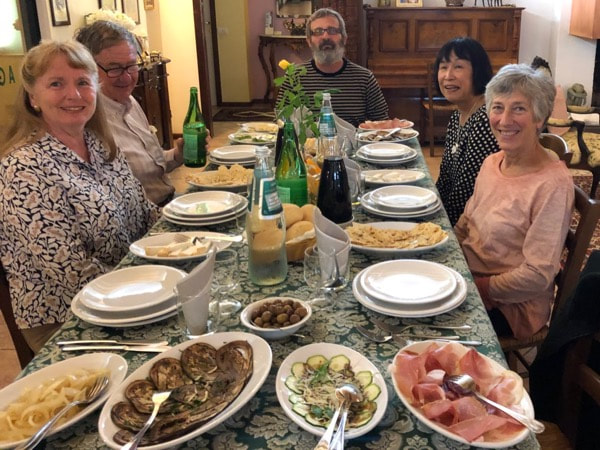
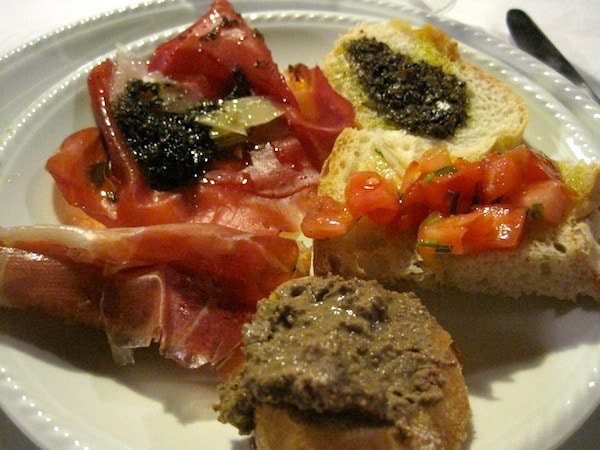
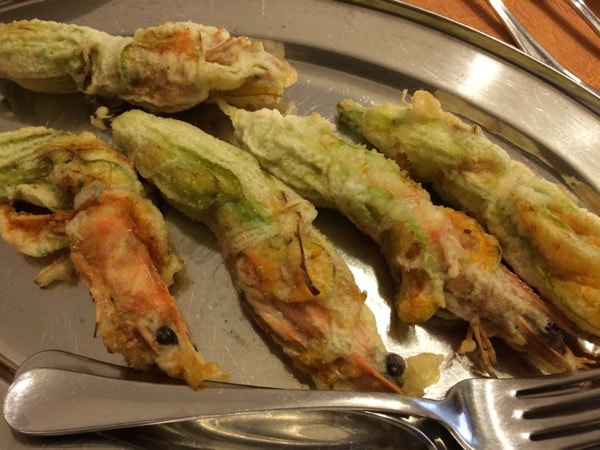
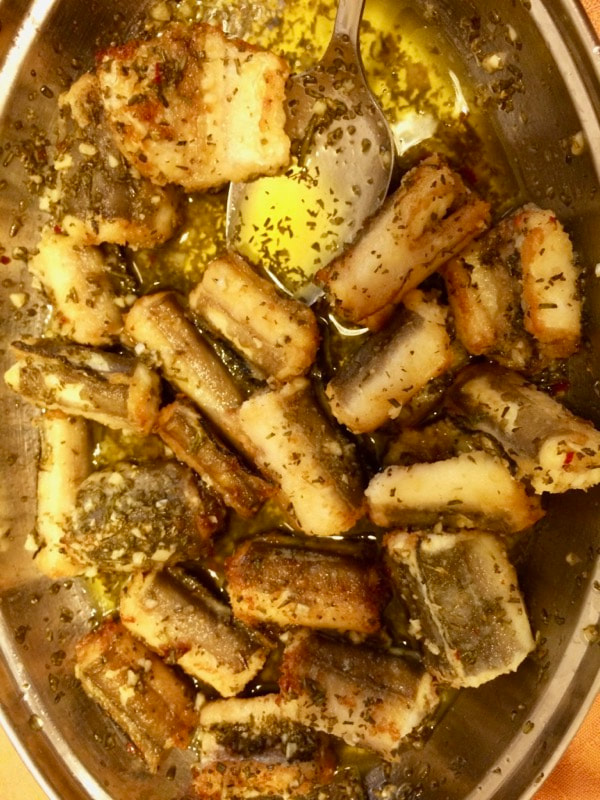
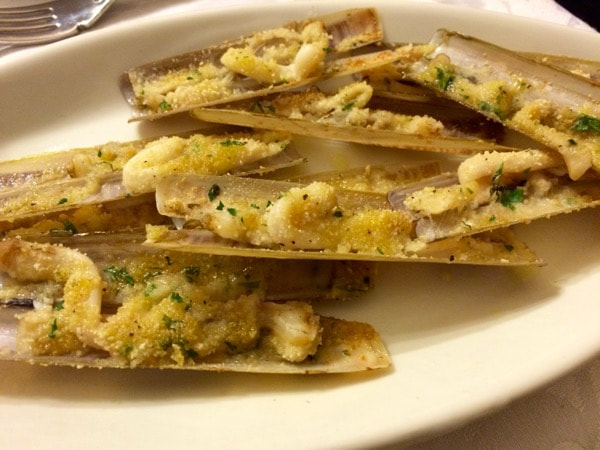
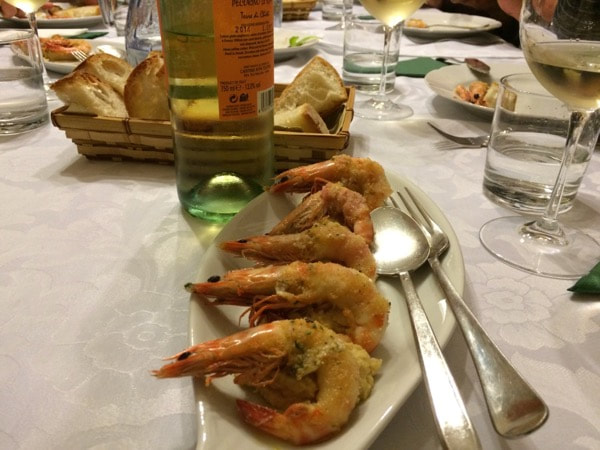
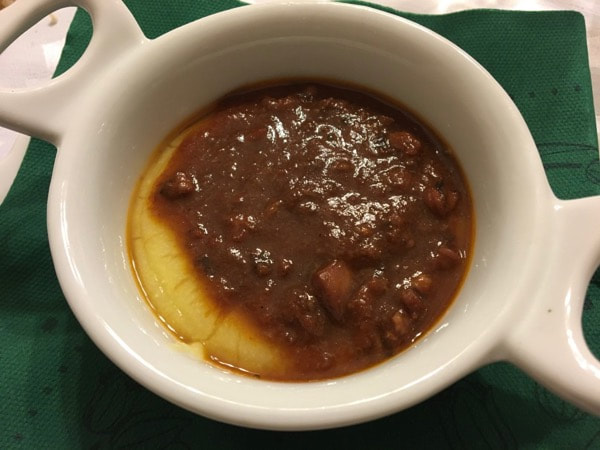
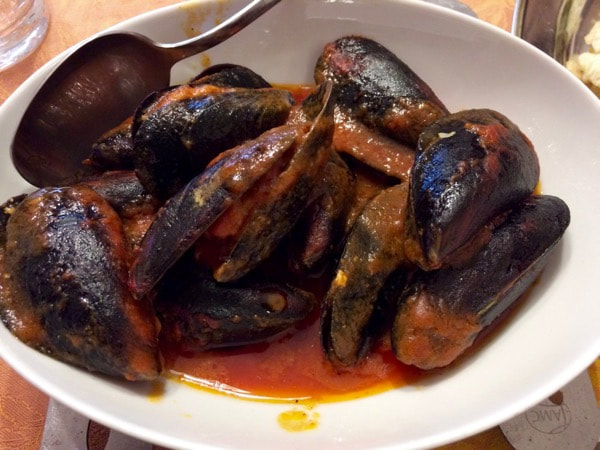
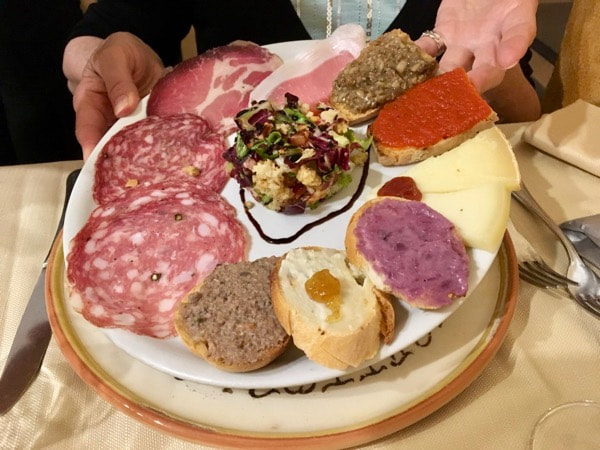
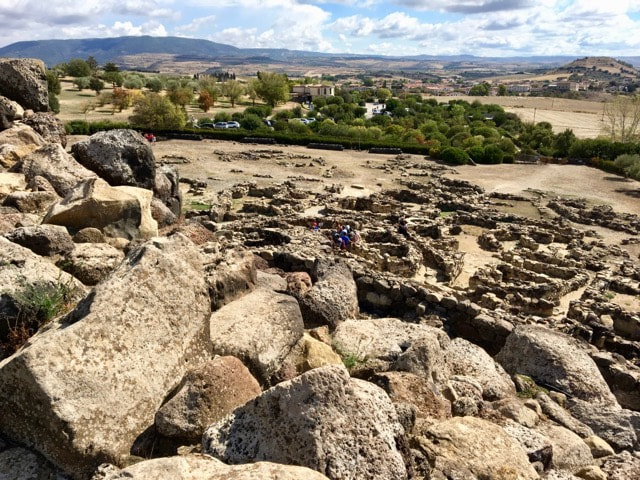
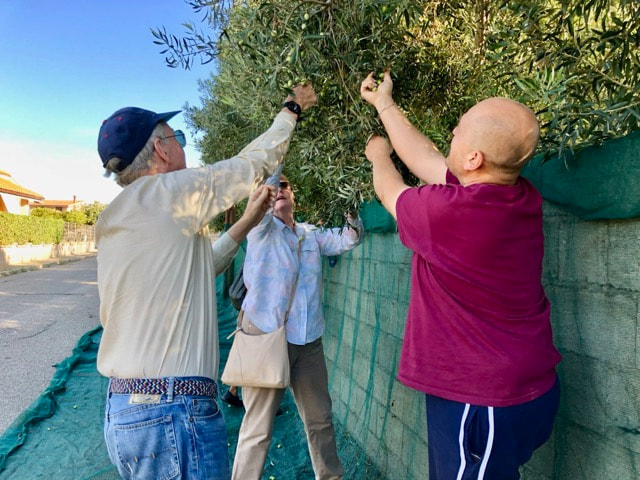
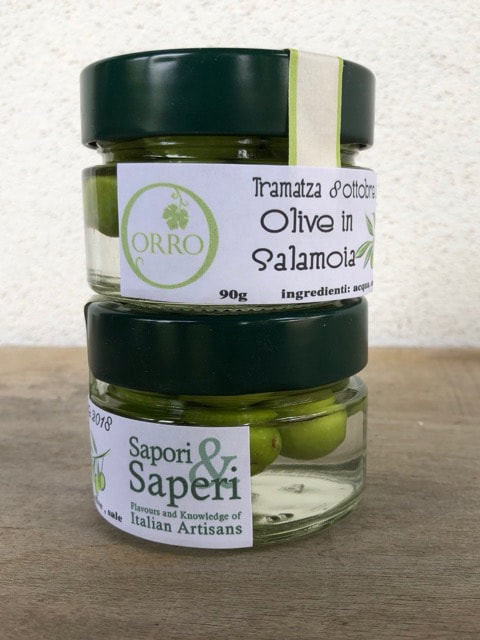
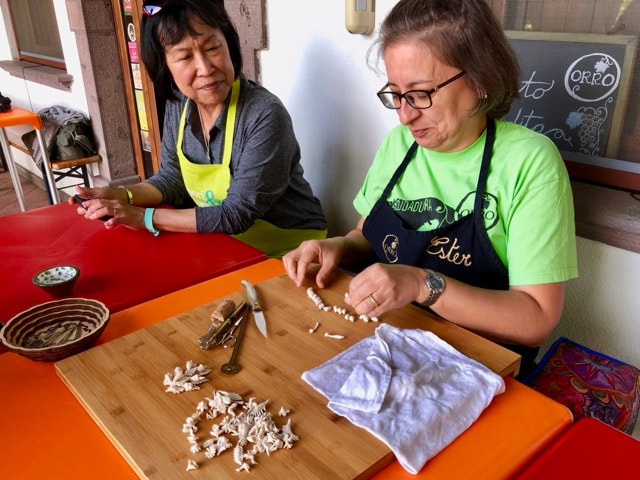
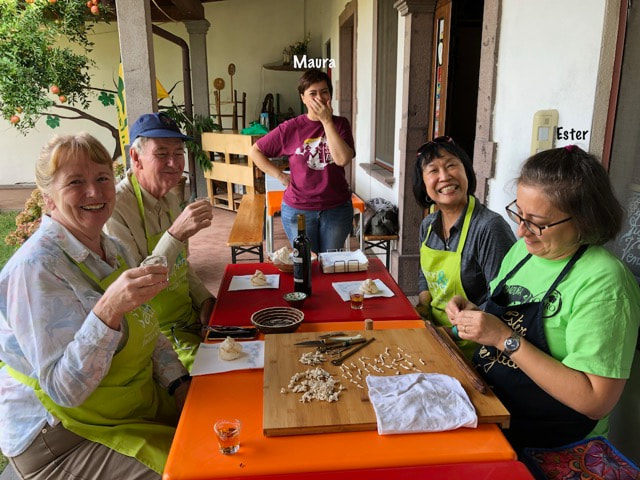
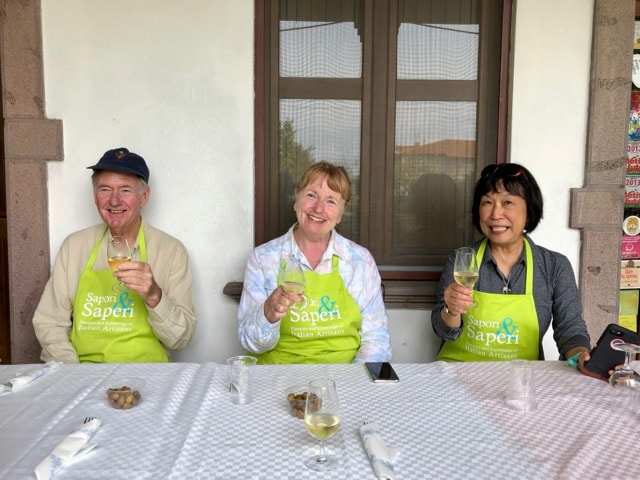
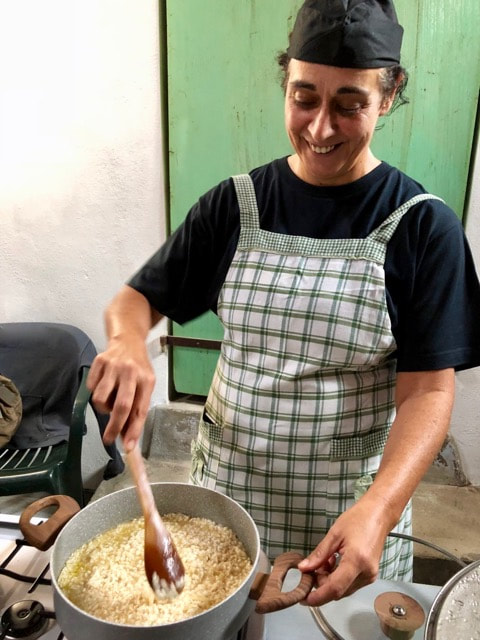
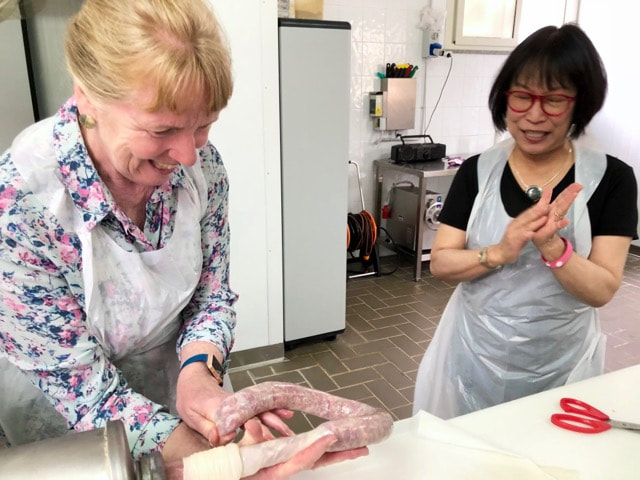
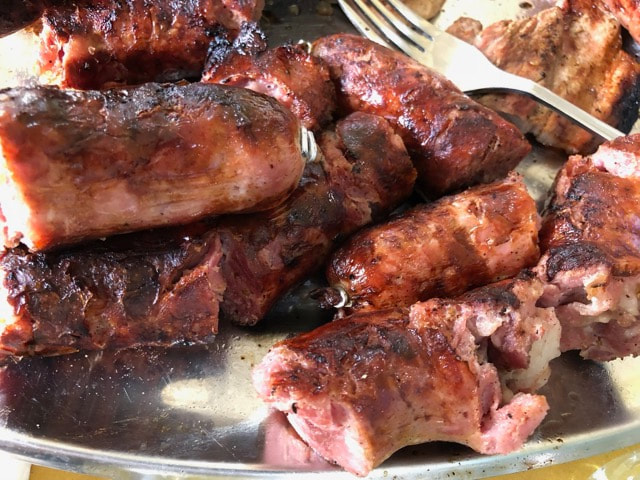
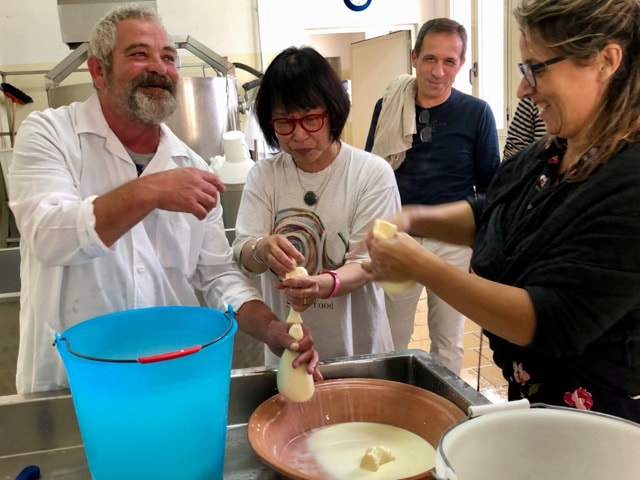
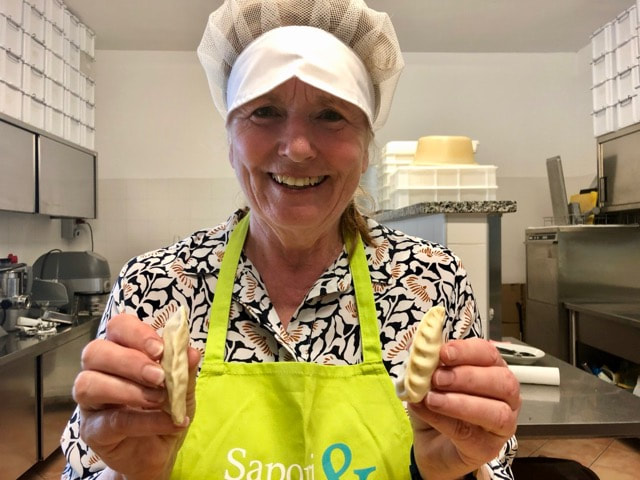
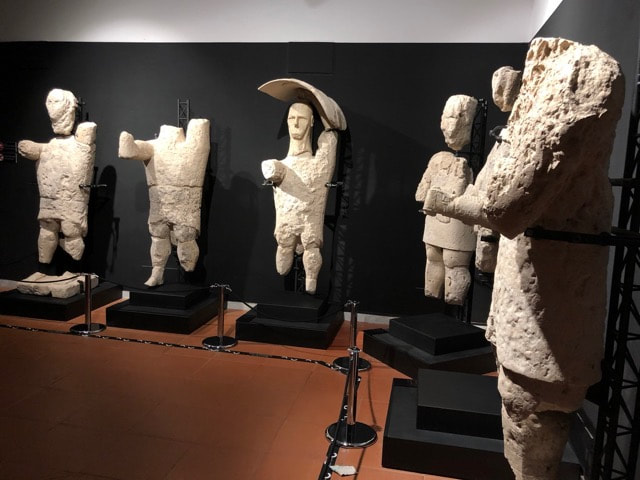
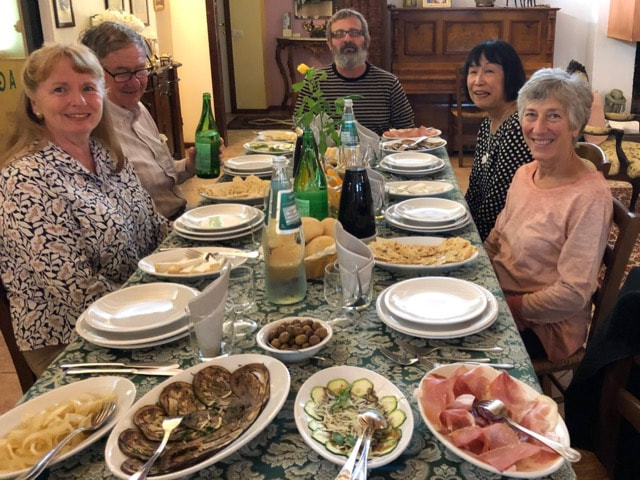
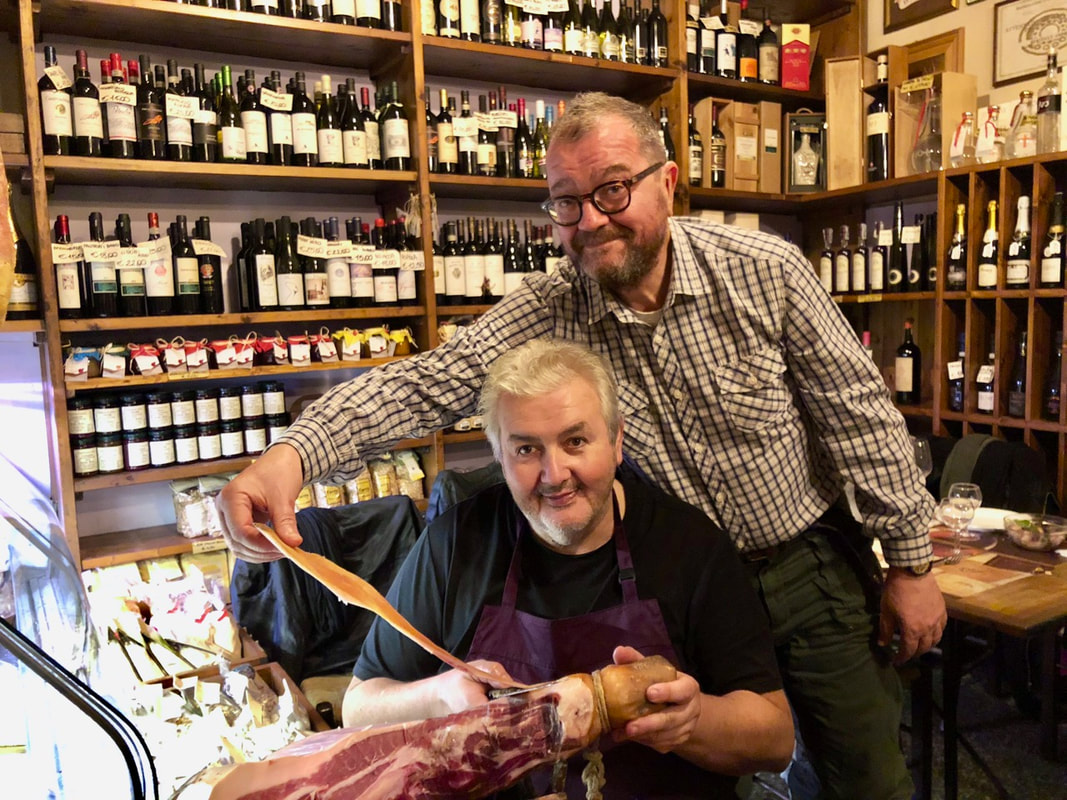
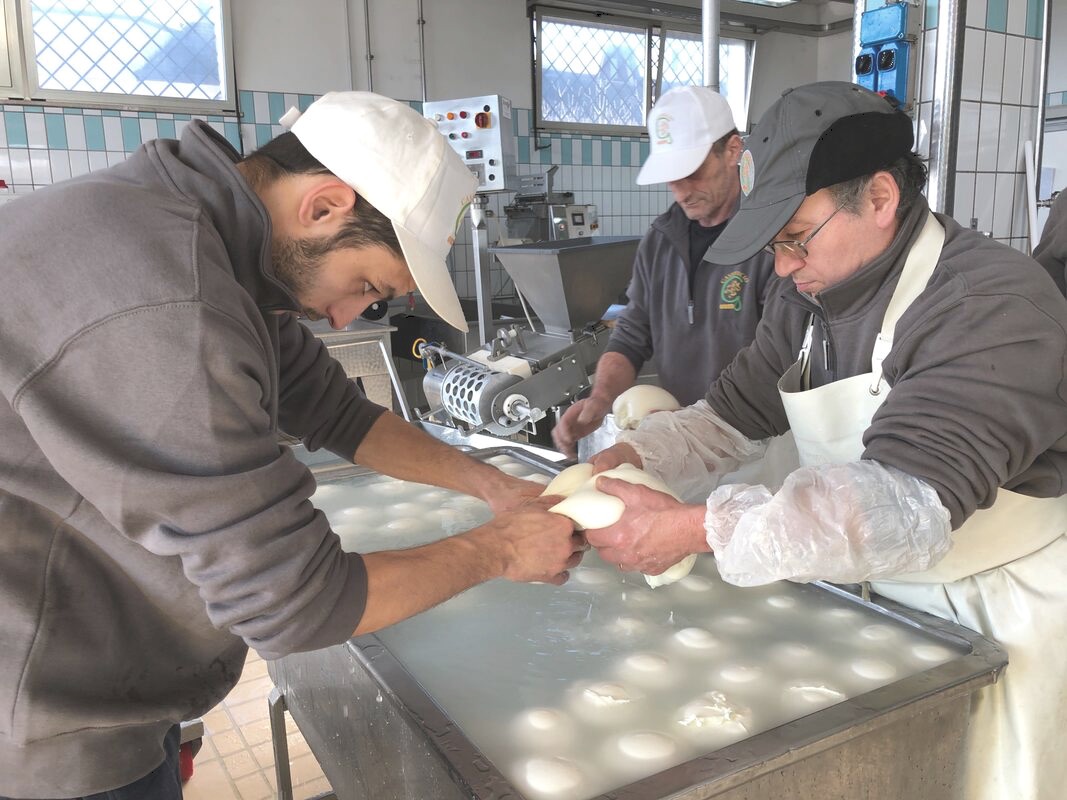
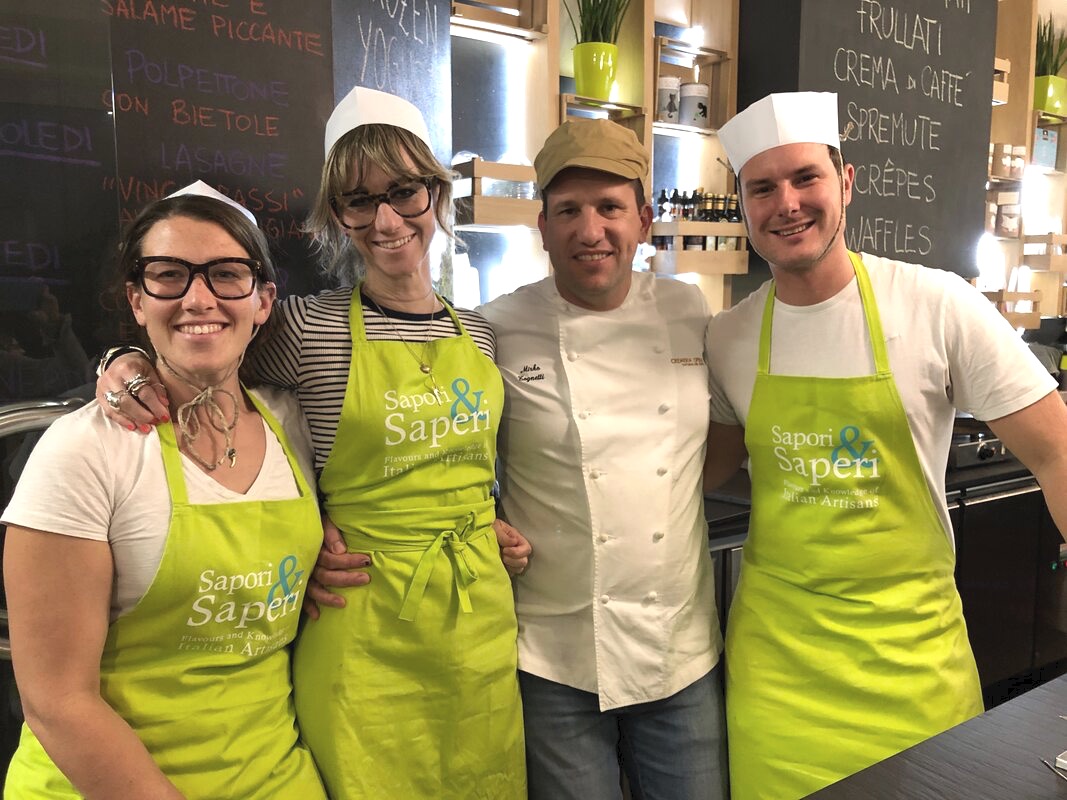
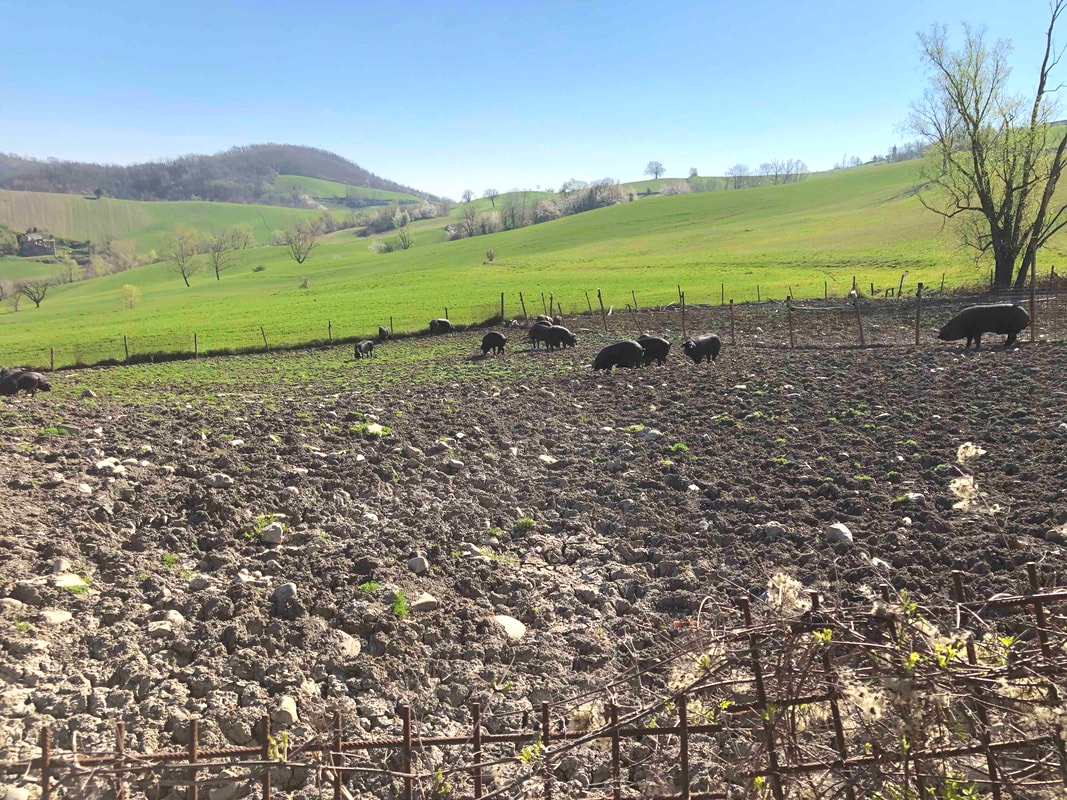
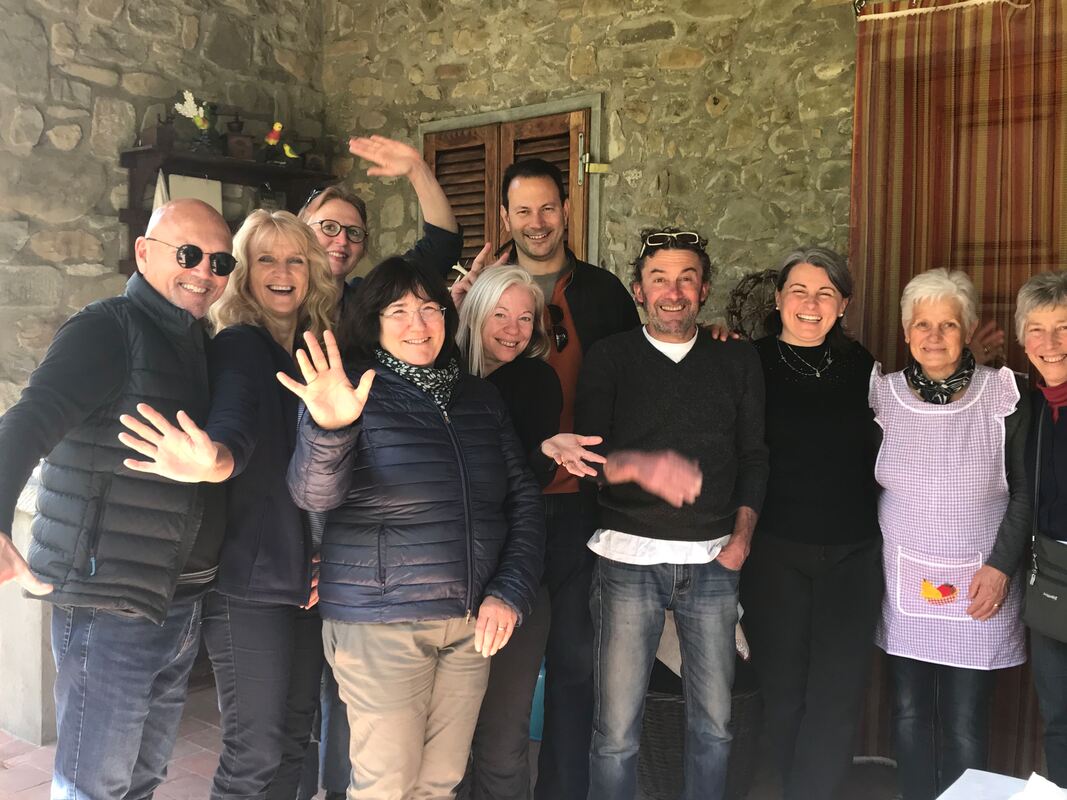
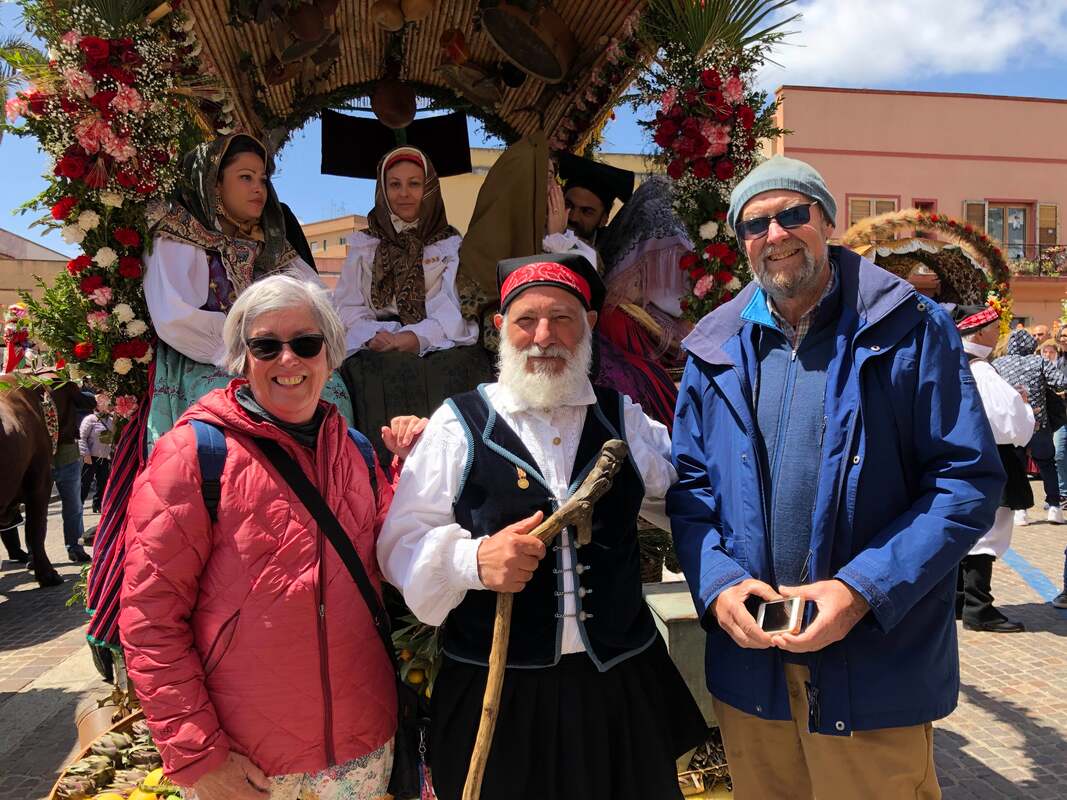
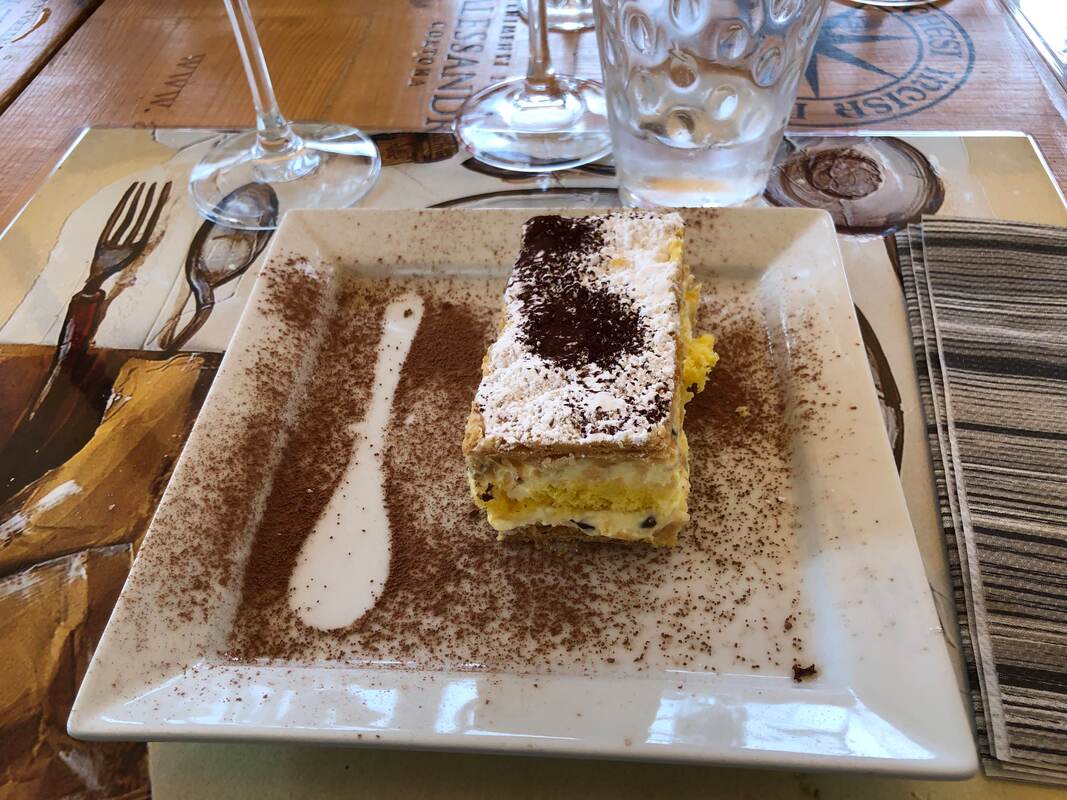
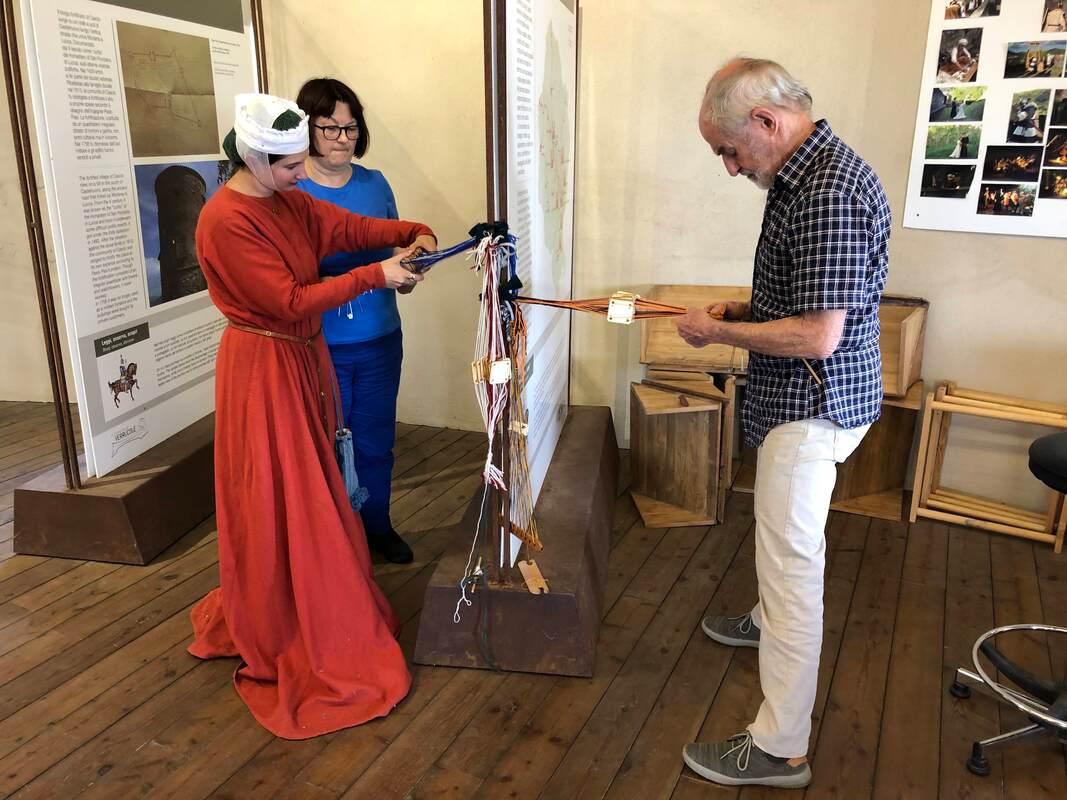
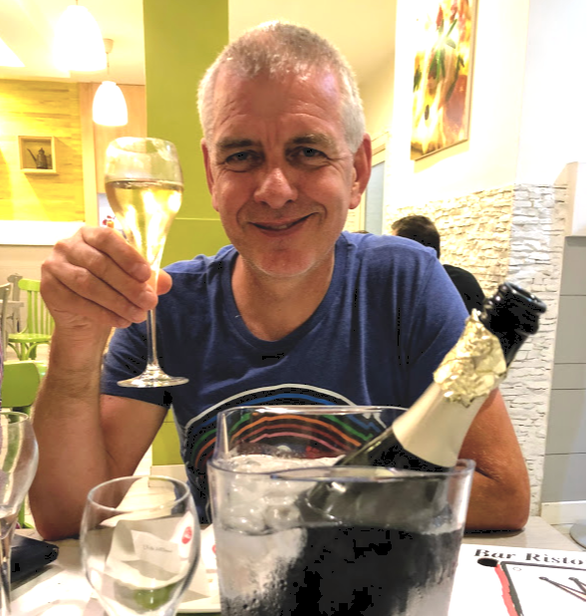
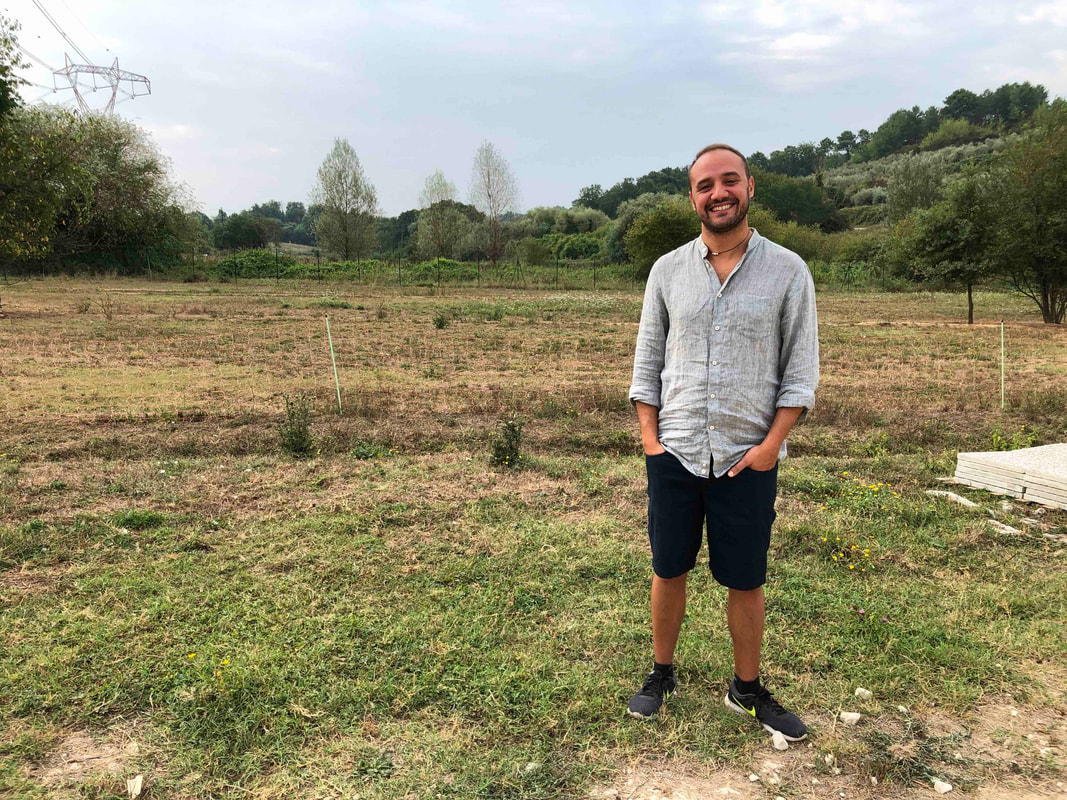
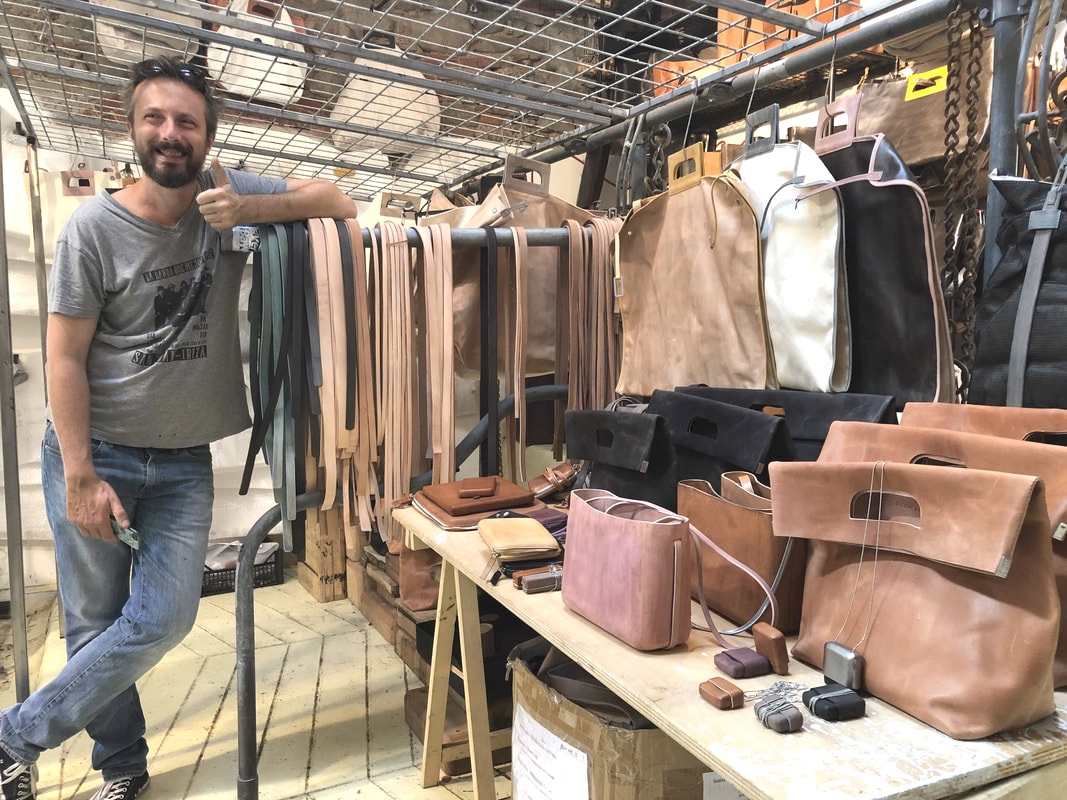
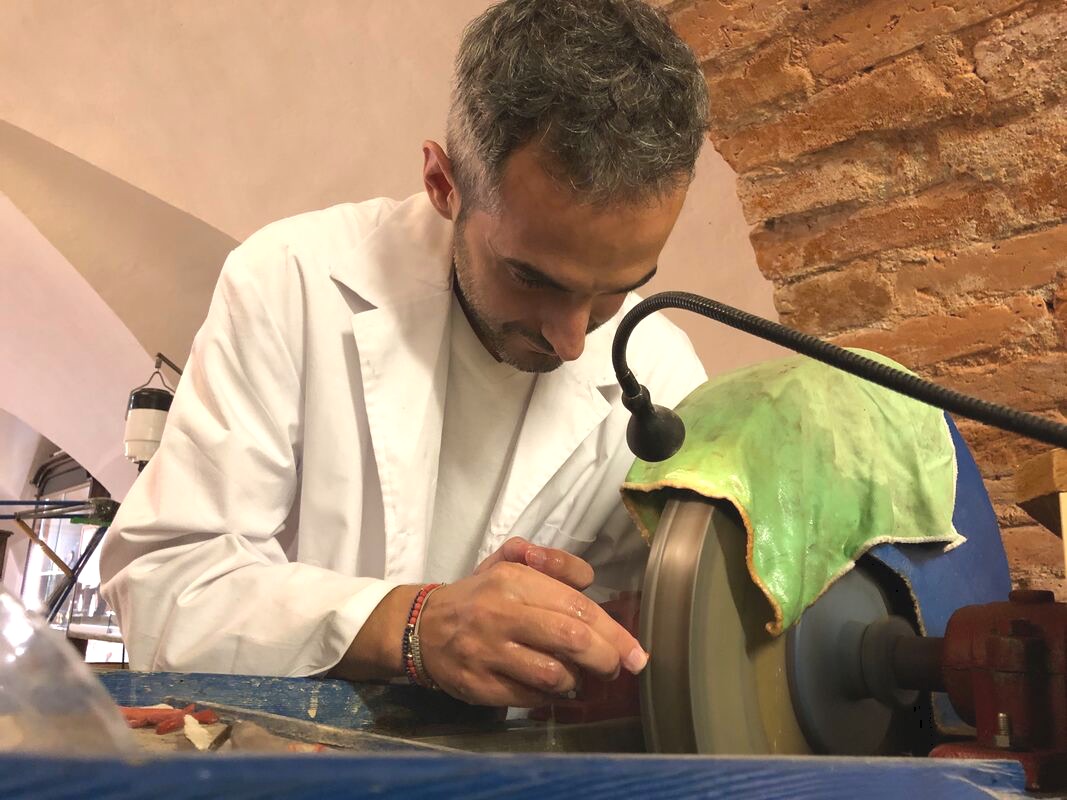
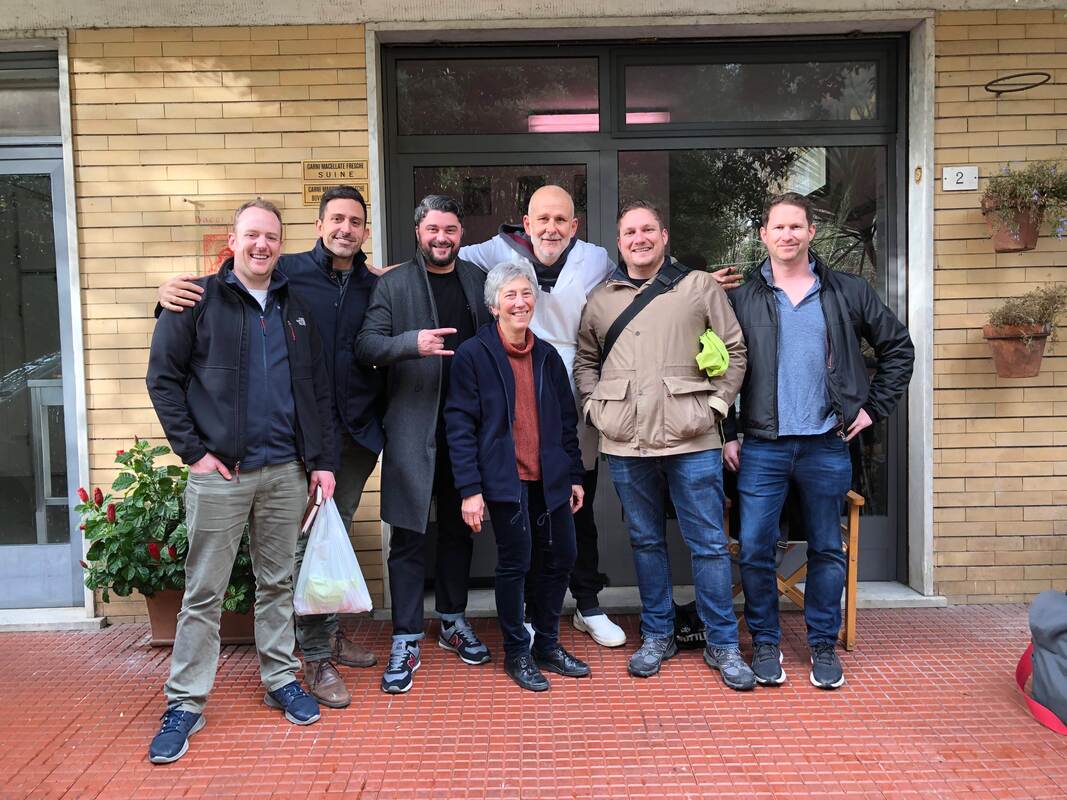
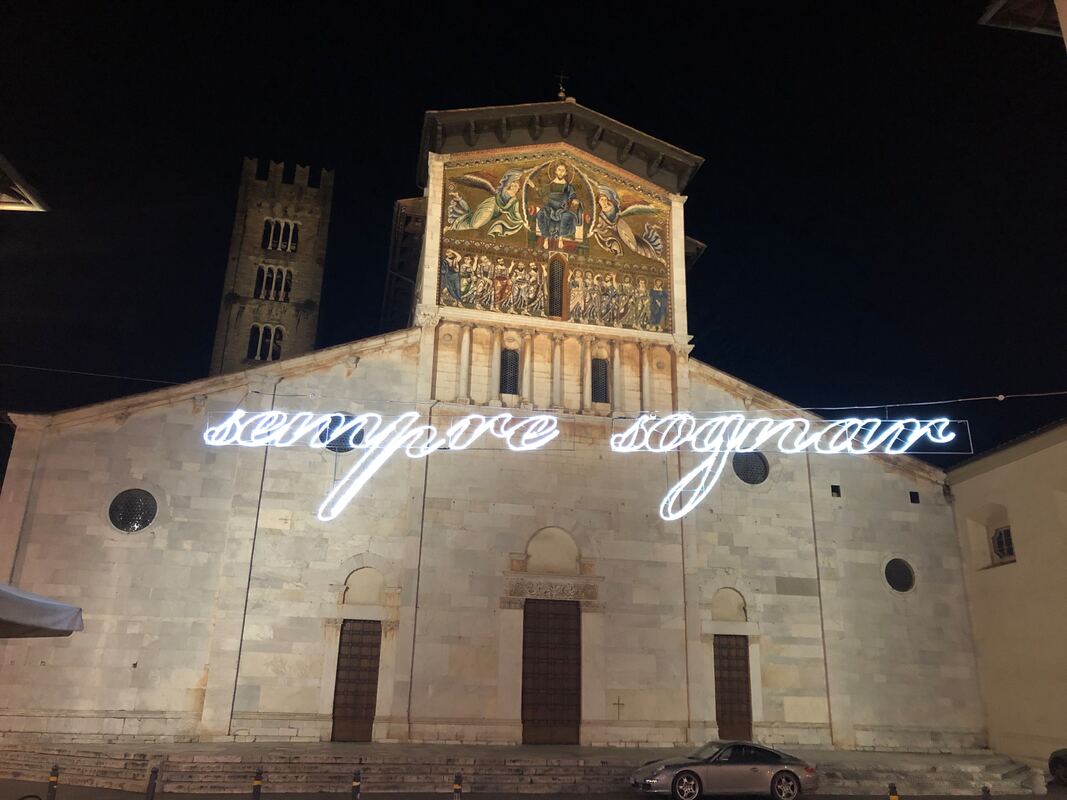
 RSS Feed
RSS Feed



